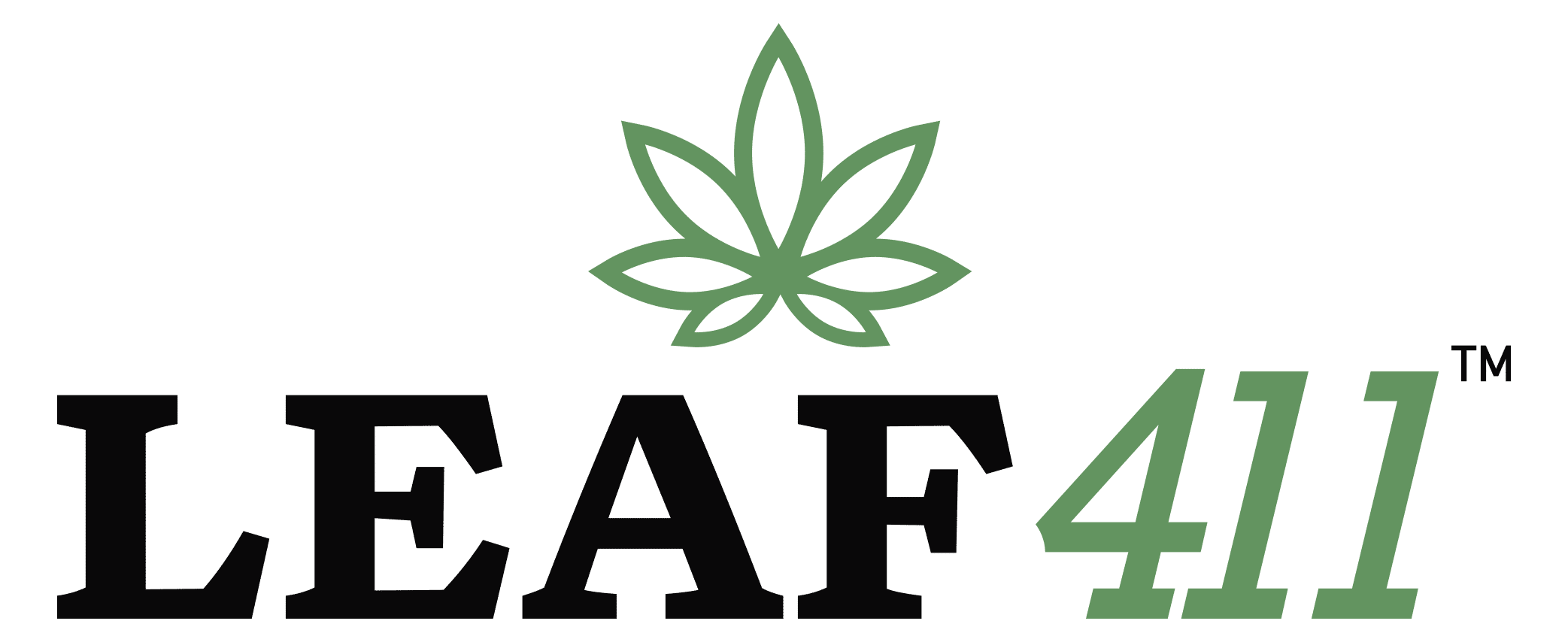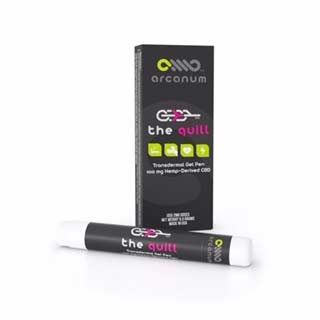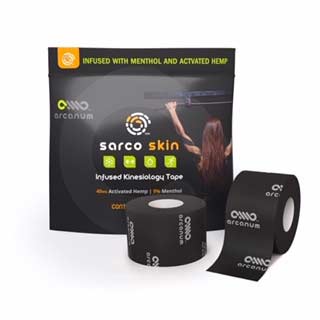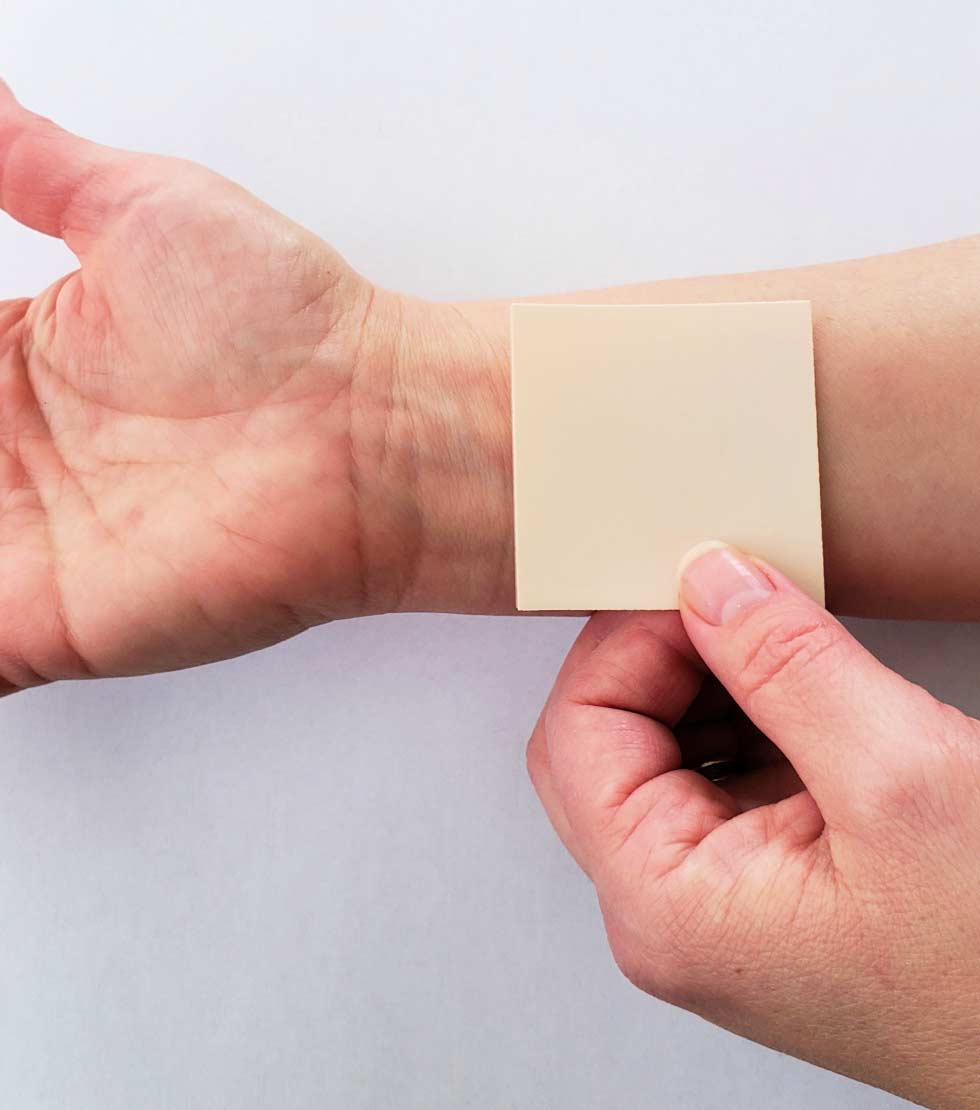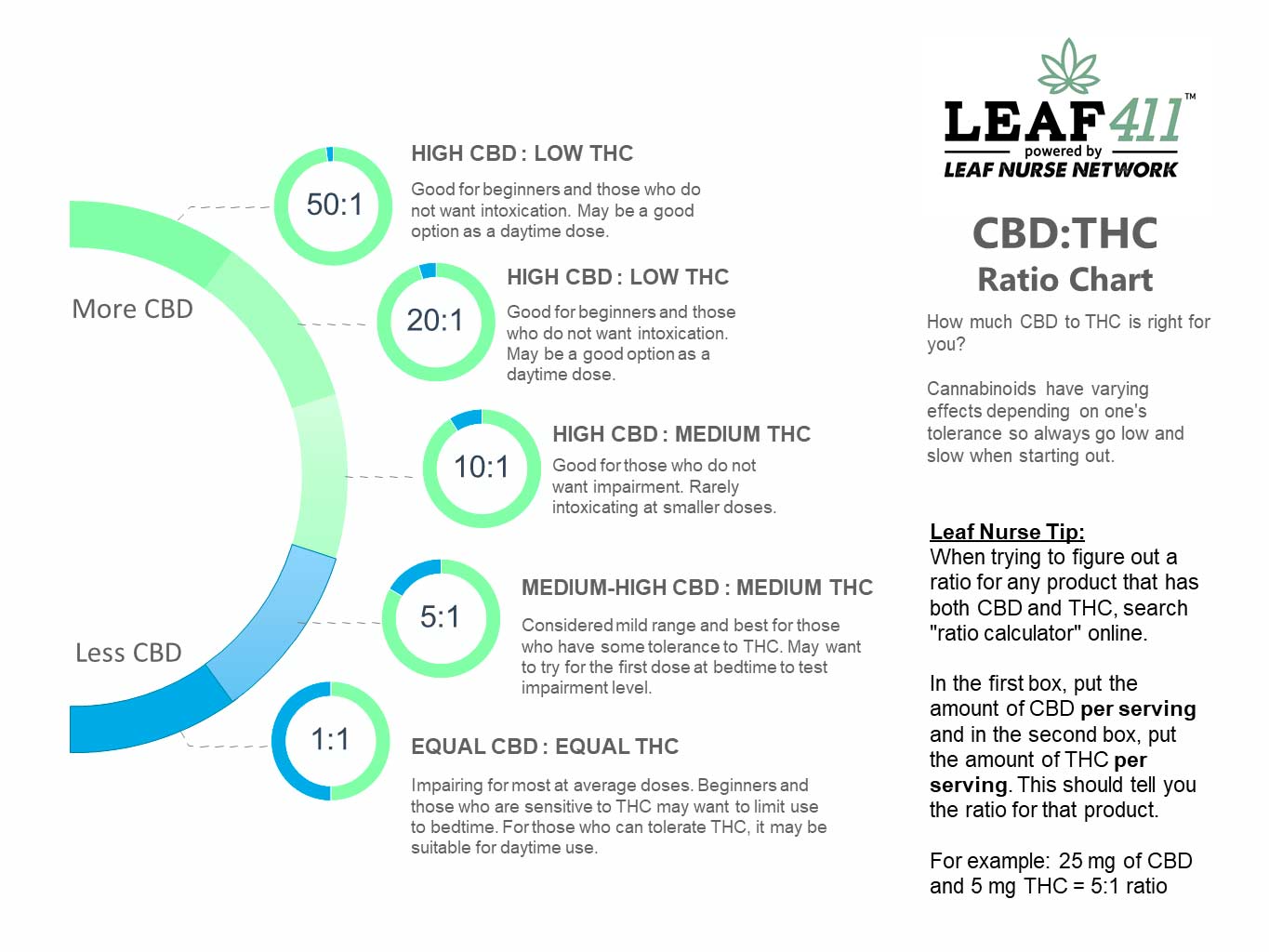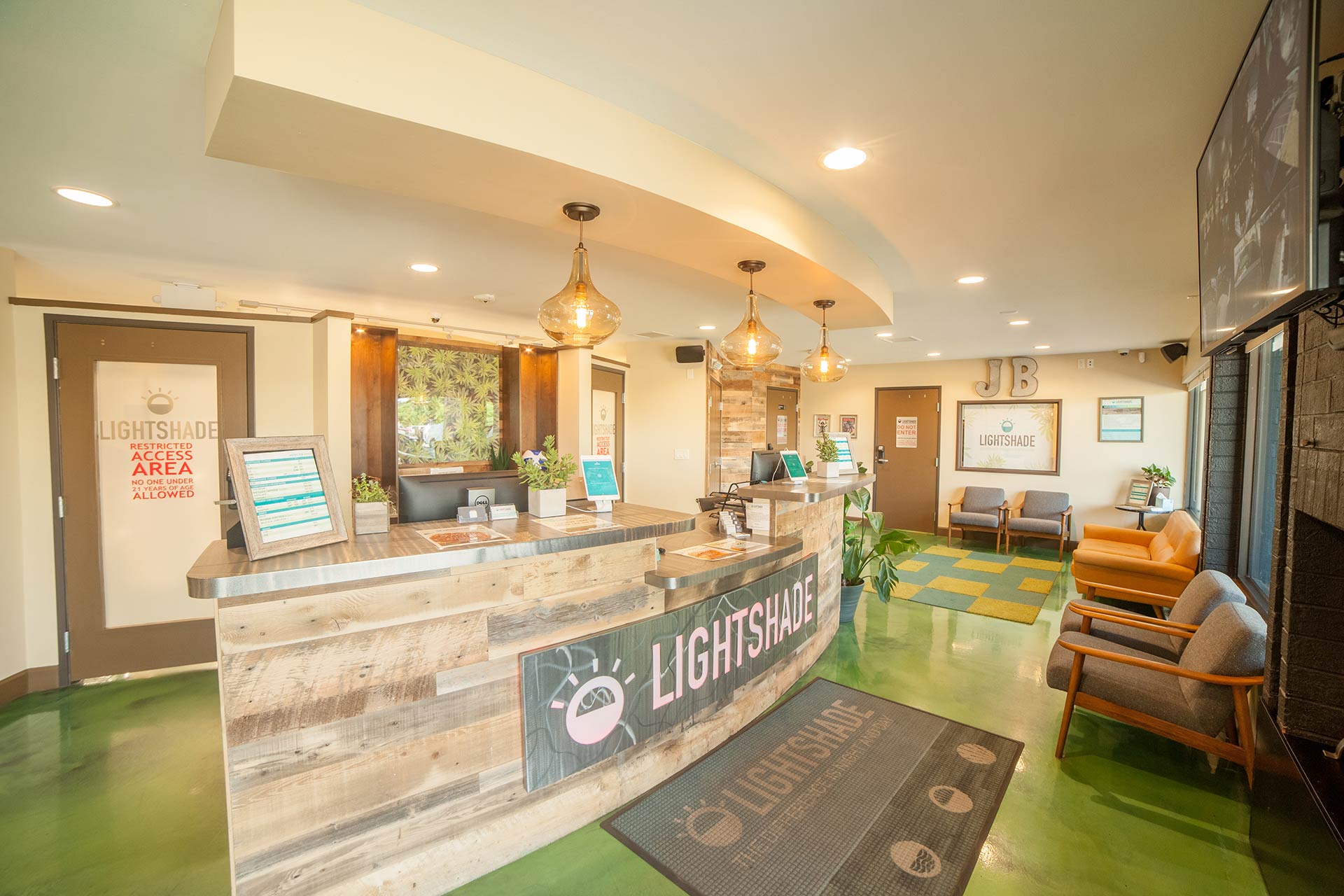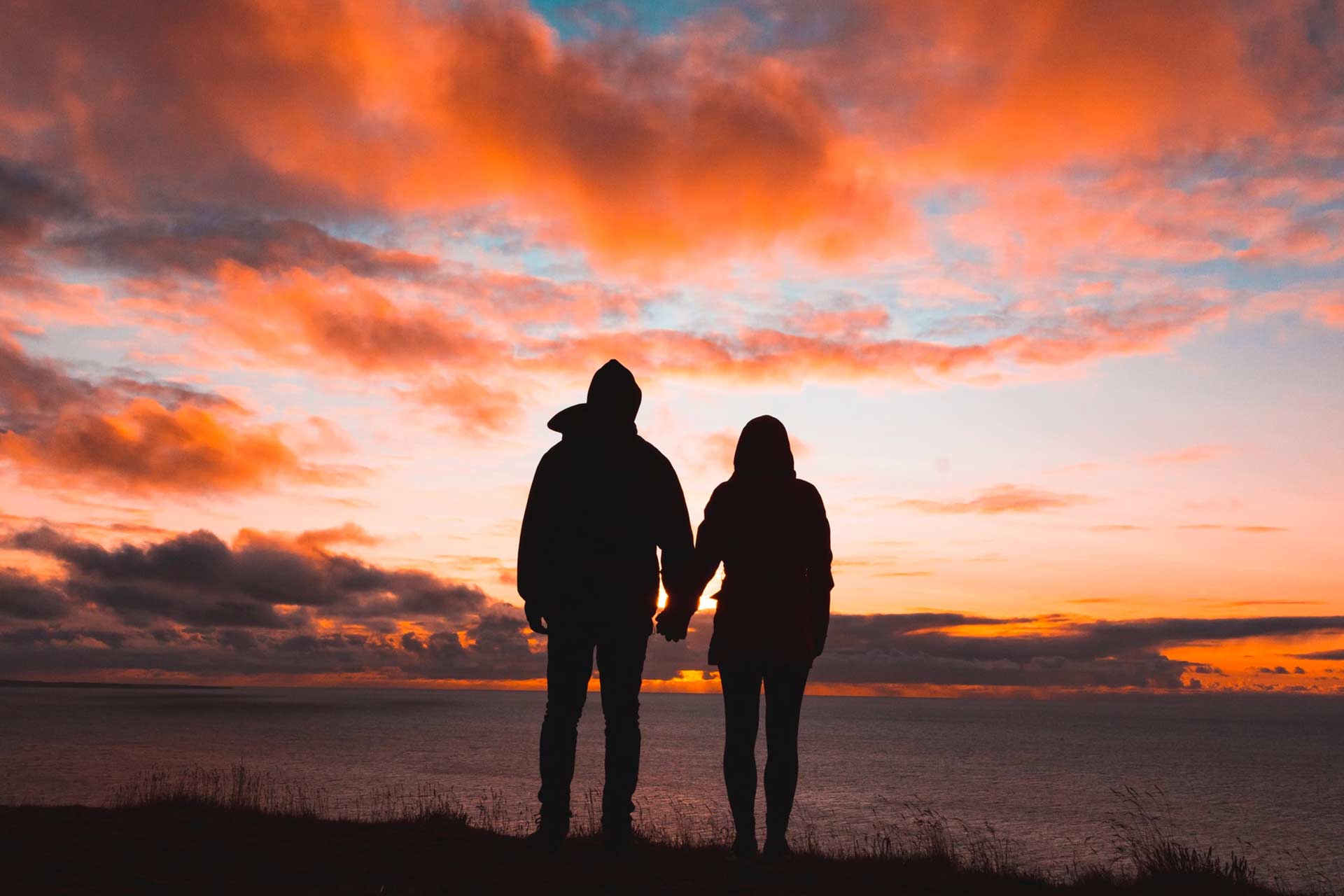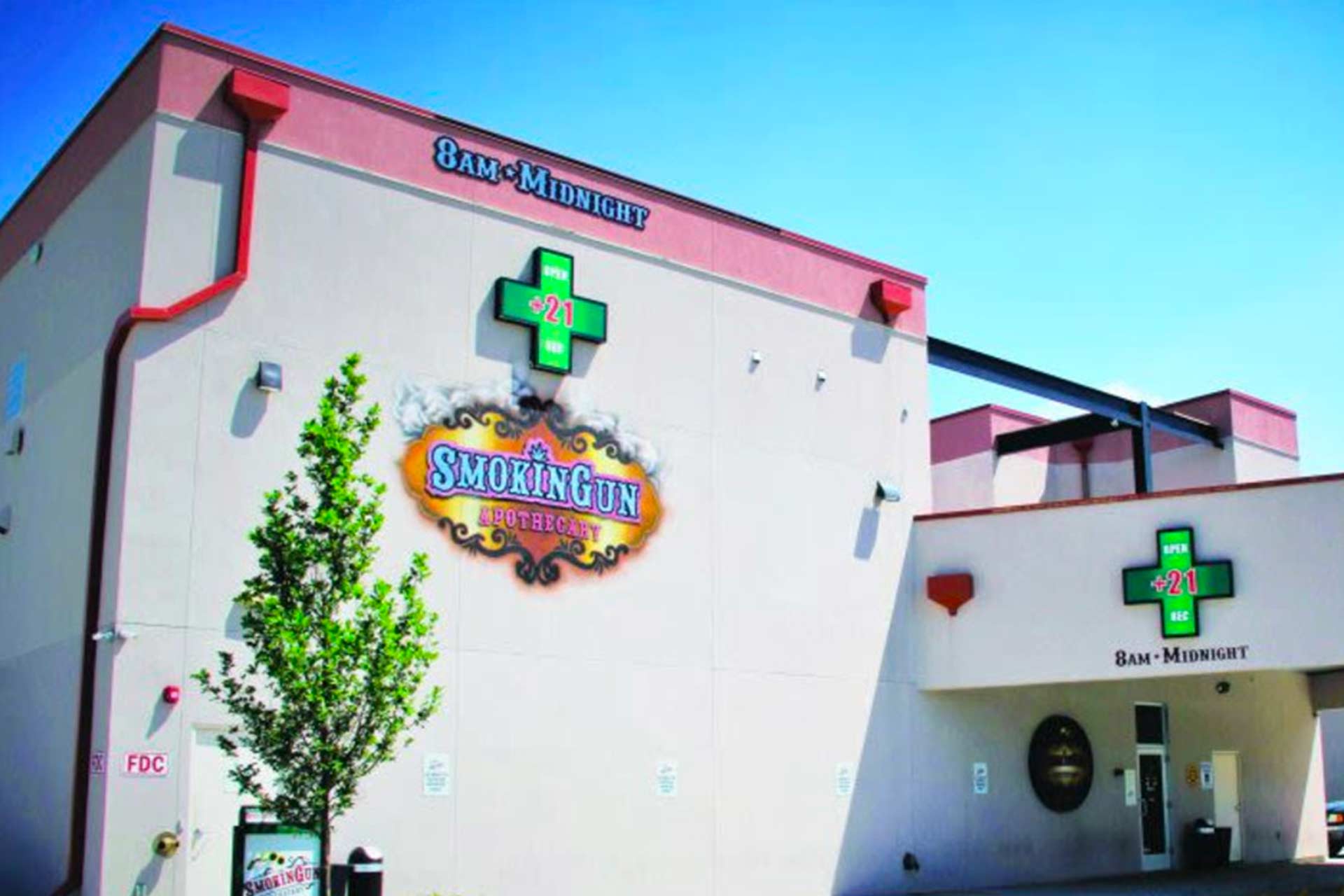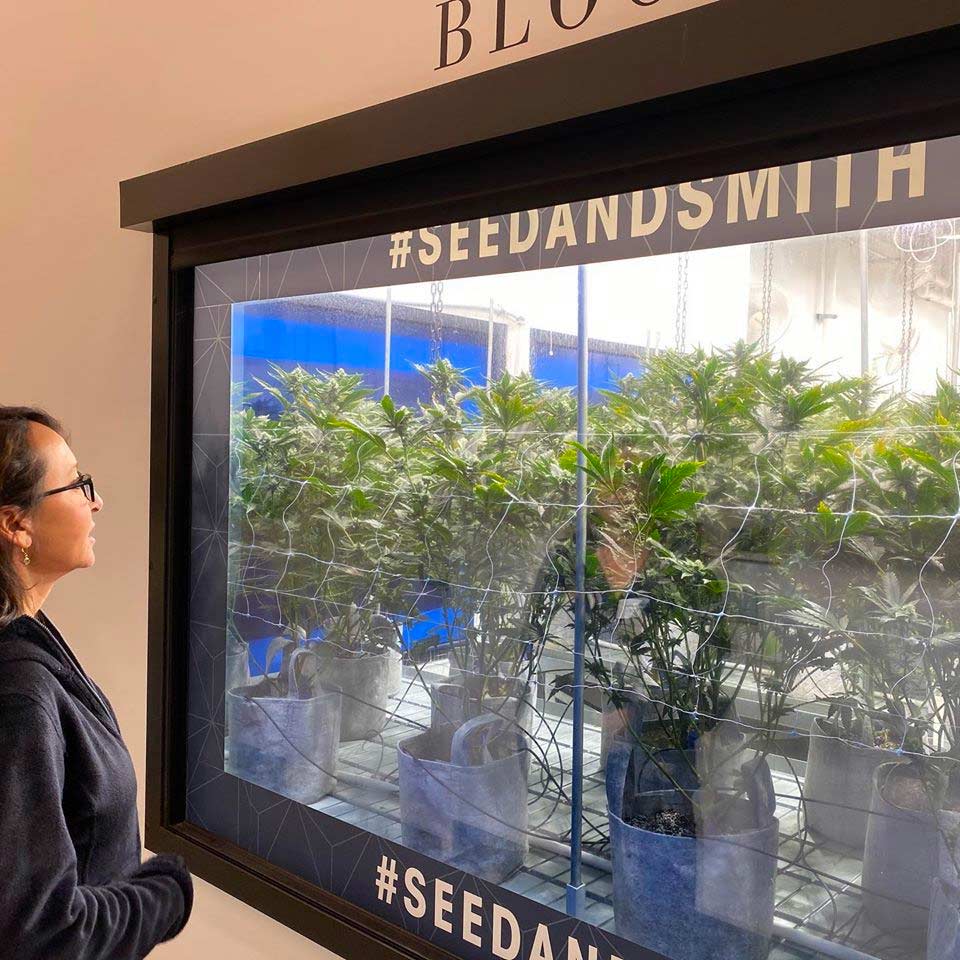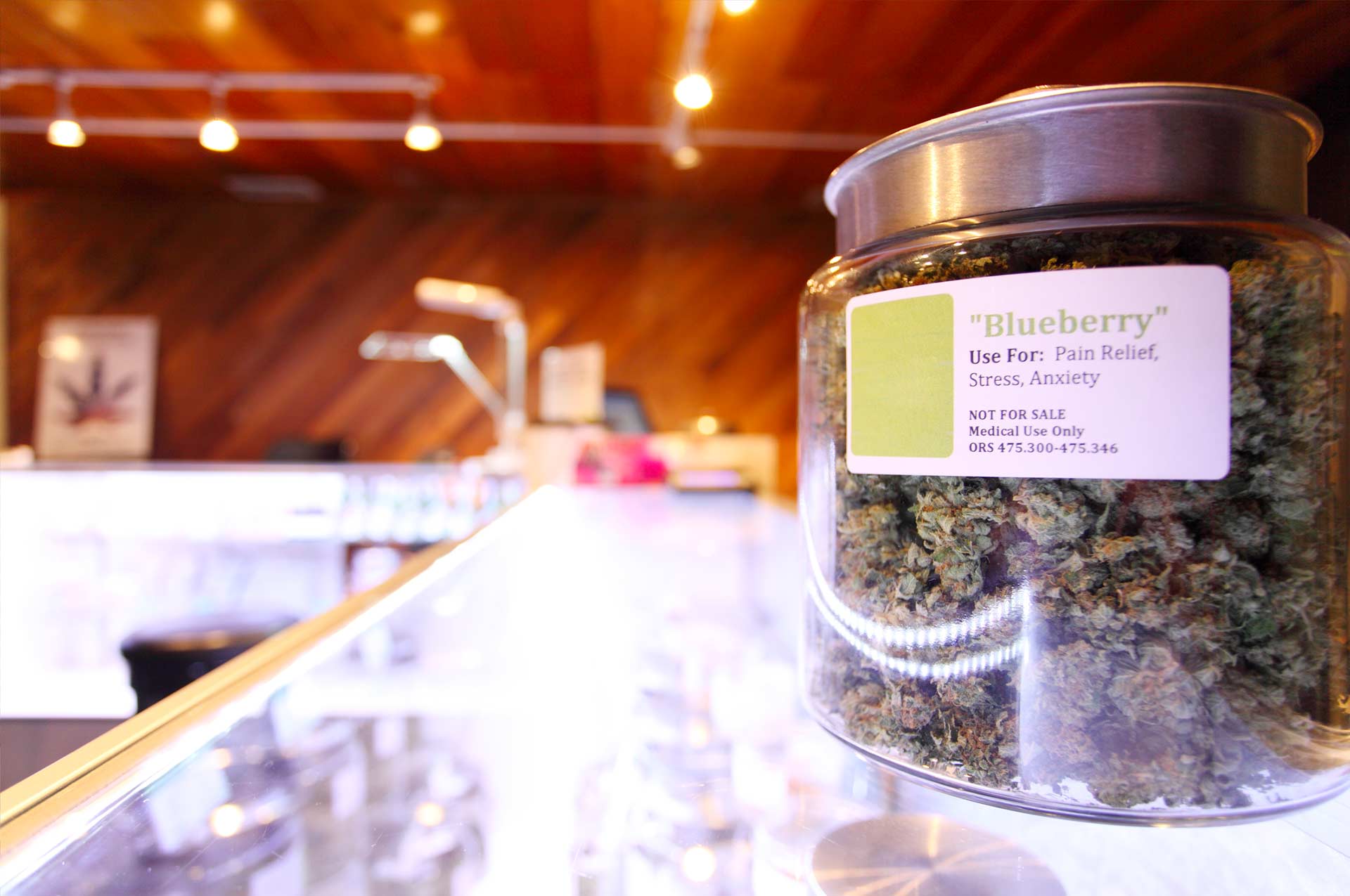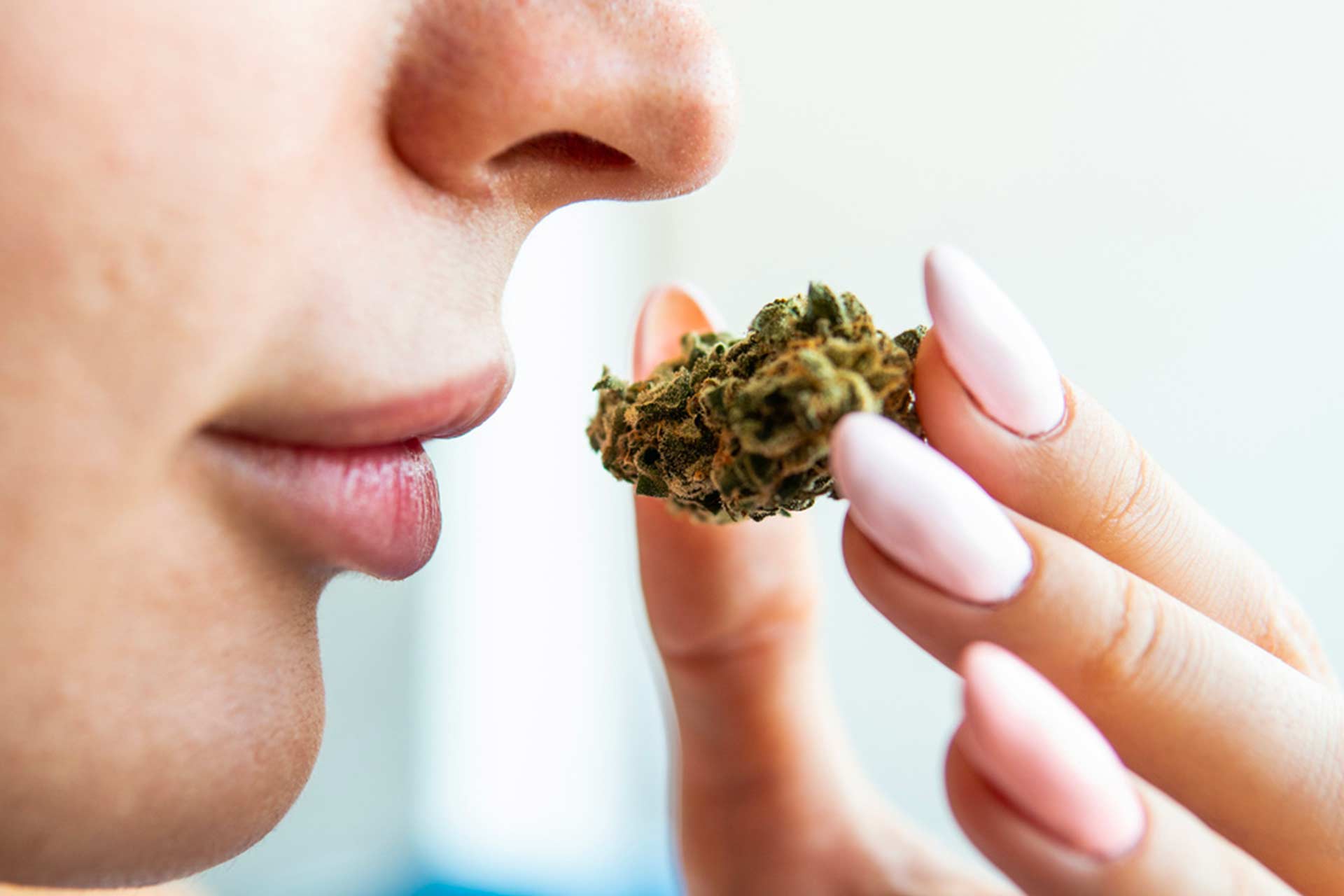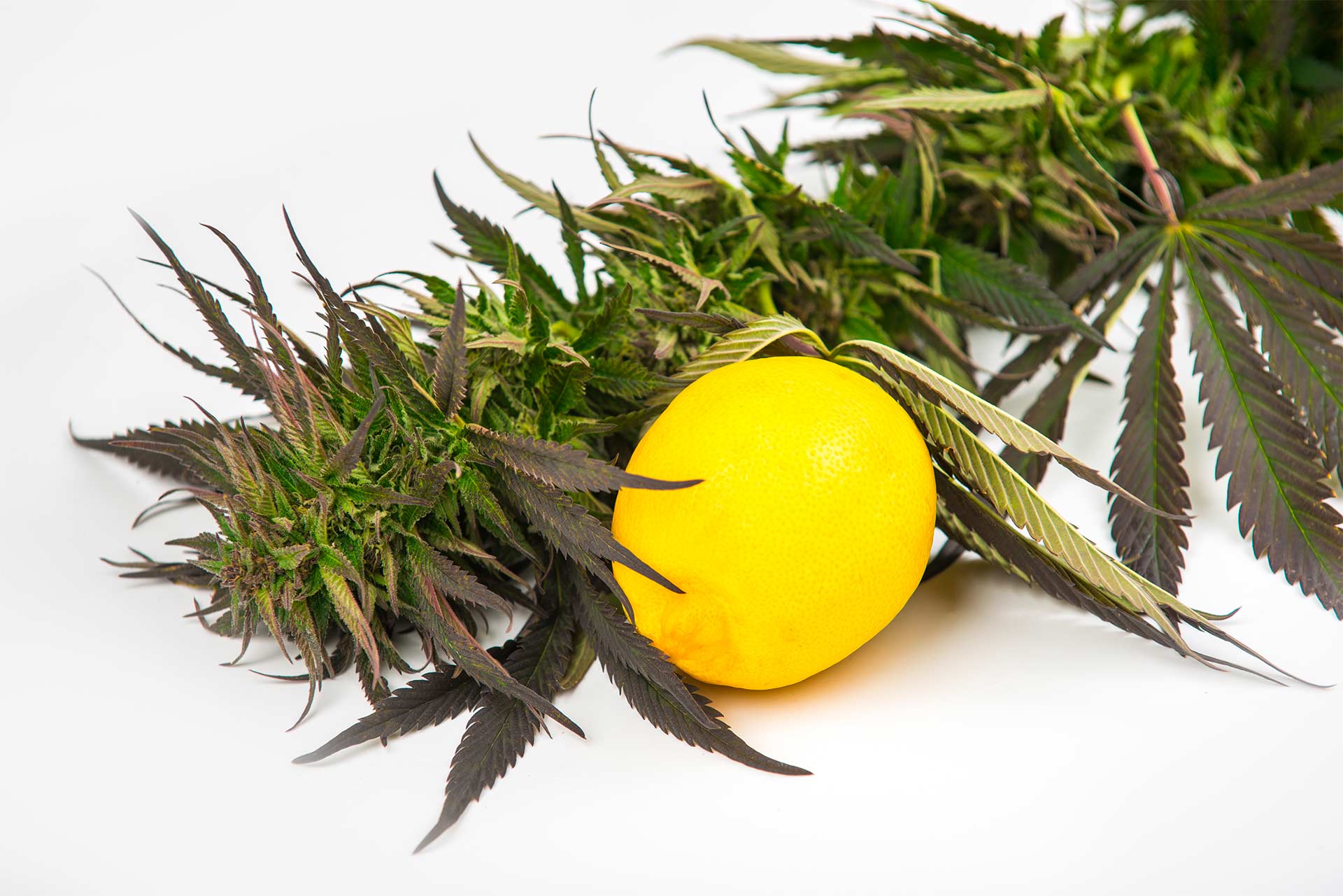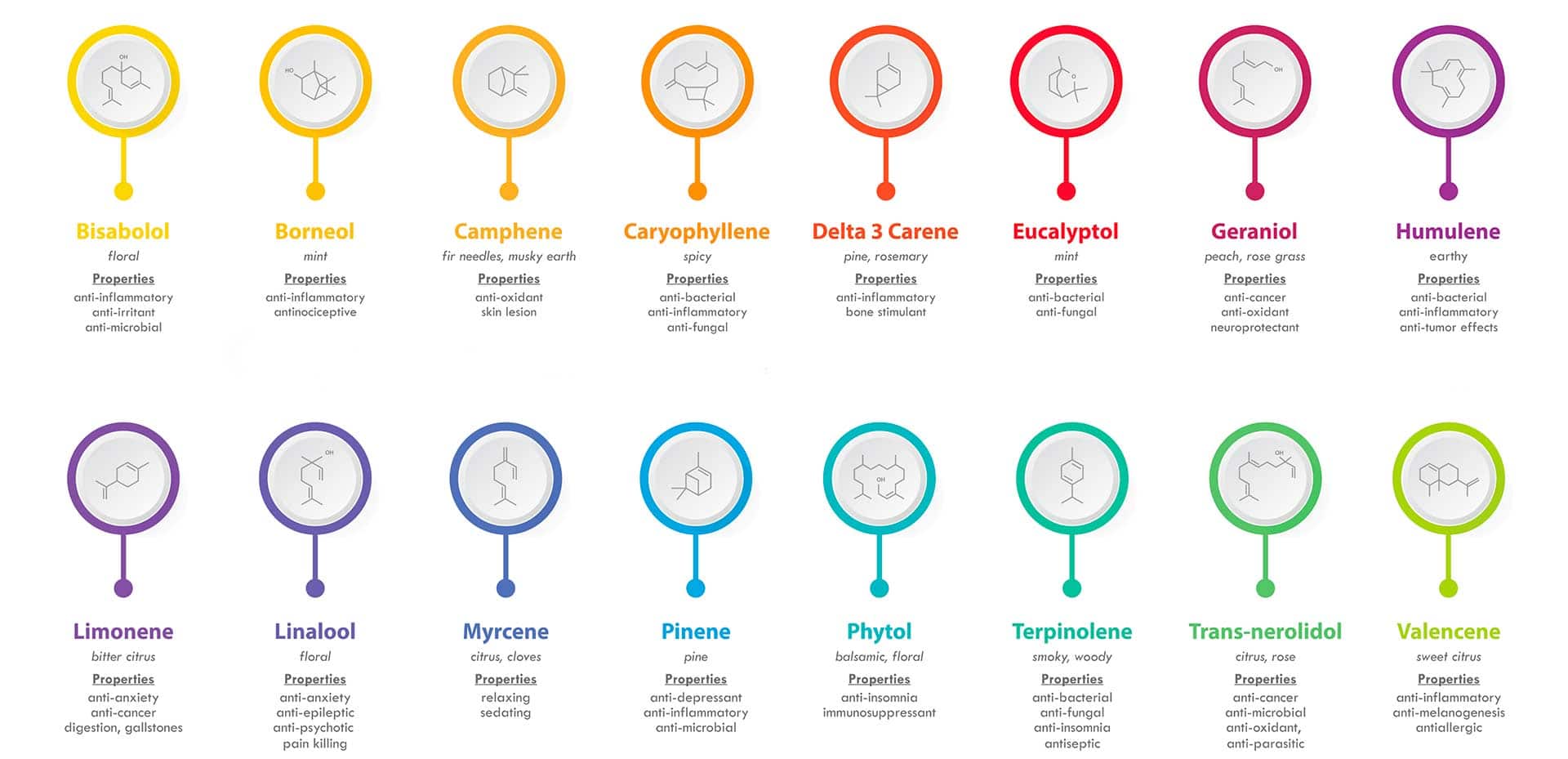Question of the Month: What Are Transdermal Cannabis Patches and Gels?
Medically reviewed by Katherine Golden, RN
Written by Denise Rustning
We often get questions on the Leaf411 hotline about the different types of cannabis products on the market today.
The product people are most surprised to hear about? Transdermal patches or gels containing cannabis plant compounds—either cannabidiol (CBD), tetrahydrocannabinol (THC), or both CBD and THC. Transdermal products may also feature other cannabinoids like CBN or THCa (tetrahydrocannabinolic acid), which is a raw, non-psychoactive form of THC.
Transdermal products can even contain other cannabinoids, terpenes, and compounds that have therapeutic benefits.
How Transdermal Products Work
What makes transdermal patches or gels different than regular topical products you put on your skin like creams or salves?
Normally, the skin acts as a barrier. While creams and salves are absorbed by the outer layers of skin, they do not make it past all the skin layers and into the bloodstream.
However, transdermal products contain specially formulated carrier agents to help medicines, including cannabinoids, to fully penetrate the skin barrier and be absorbed directly into the bloodstream.This route of administration eliminates the need for medicines to first pass through the digestive system or respiratory system (if inhaled). It also allows for more consistent dosing over longer periods of time.
Transdermal patches and gels are not unique to cannabis. In fact, you’ve probably seen transdermal patches used to deliver other medications.
Transdermal routes of administration are used for certain birth control products, smoking cessation and motion sickness. They’re also used to deliver opioids like fentanyl that are prescribed for persistent chronic pain.
Cannabis transdermal patches use the same technology. The middle of the patch contains different cannabinoids like THC, CBD, or CBN. In some cases, terpenes and other therapeutic compounds like menthol or eucalyptus are also added. Manufacturers also add carrier agents, so that the compounds will be more readily absorbed through the skin and into the bloodstream.
The Advantages of Transdermal Cannabis Products
Transdermal cannabis patches and gels are a good option for people who want cannabis’s therapeutic benefits, but have health conditions or other restrictions that prevent them from either inhaling (smoking/vaping) or ingesting edibles or pill-based forms.
Finding an Effective Transdermal Product
Product quality is a big factor when choosing transdermal cannabis products. As we mentioned earlier, simply putting a cream or salve on your skin and letting it soak in does not make it “transdermal.” Many people—and even some budtenders—don’t understand this difference.
Look for products specifically labeled as “transdermal,” and make sure the manufacturer provides Certificates of Analysis (COAs) on their website with test results confirming the amount of THC, CBD and other cannabinoids.
CBD hemp-based transdermal patches and gels are federally legal (containing less than 0.3% THC). They can be found online or in retail outlets in most states.
Transdermal patches and gels containing higher amounts of THC are only legally sold at recreational or medical dispensaries.
How to Use Transdermal CBD Products
Transdermal CBD patches or gels are typically applied on a part of your body that has veins near the skin’s surface, like the inside of your wrist or on your ankle. The time of onset is rapid, sometimes within 20 minutes, and lasts for up to 12 hours. Remember that CBD is not intoxicating, so you won’t feel “high” from a transdermal CBD patch.
In some cases, transdermal patches can be applied elsewhere on the body for localized relief. For example, our supporting member Arcanum makes Sarco Skin, a CBD-infused kinesiology tape. Kinesiology tape is a favorite of athletes, and may help by supporting muscles and joints, while also having a positive impact on pain signals.
How to Use Transdermal THC Products
Transdermal products containing THC work in much the same way as those containing CBD, with relatively quick onset and an extended, consistent dose. Many people report that the intoxicating effects of THC are more subdued when using transdermal products containing THC or a 1:1 CBD:THC ratio.
When considering your dose, take into account that almost all of the cannabinoids contained in the patch are bioavailable. In other words, you don’t lose part of the dose through first-pass metabolism in your digestive system like you do with edibles.
We always suggest starting with one-fourth of the suggested dose or serving size.
Transdermal gel can be dosed in smaller amounts.
For transdermal cannabis patches, products like Mary’s Medicinals transdermal patches can be cut into smaller pieces to provide a lower dose. We suggest you check the manufacturer’s website to make sure the transdermal patch is designed so that it can be cut into smaller portions.
Need Help with Your Cannabis Questions?
The FREE anonymous Leaf411 hotline nurses can help with your questions, whether you’re a recreational cannabis user, patient, or a clinician wanting to learn more about plant-based medicine. Call us at 844-LEAF411 (844-532-3411).
The Leaf411 cannabis nurse hotline provides free, anonymous education and directional support to the general public about the safe use of legal cannabis. We partner with select business members who meet our rigorous standards to extend our education and outreach efforts.
Finding the Best CBD:THC Ratios and Products for Pain
How Different CBD:THC Ratios and Types of Products Can Help with Pain
Medically reviewed by Katherine Golden, RN
Written by Denise Rustning
Last week, we overviewed different types of pain and shared how cannabis might help.
When it comes to treating pain with cannabis, both the type of product and the ratio of cannabinoids matter. The two primary cannabinoids are tetrahydrocannabinol (THC) and cannabidiol (CBD), though the cannabis plant contains many other cannabinoids, terpenes, plus other compounds that contribute to its therapeutic effect.
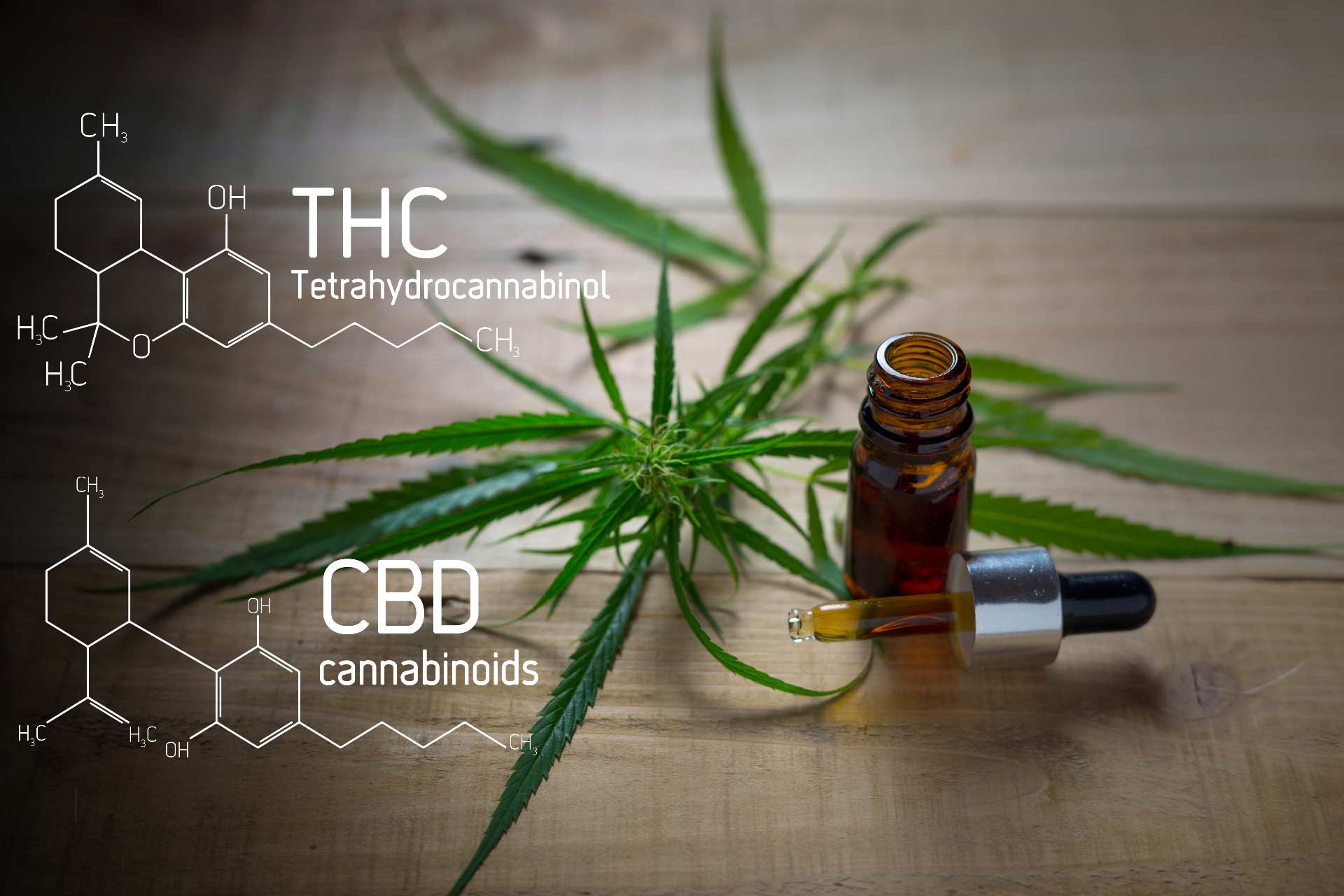
CBD: This cannabinoid is the star player in hemp products which are federally legal. CBD hemp products are required to have below 0.3% THC, which is such a small amount that it’s not intoxicating and won’t get you high. You’ll also find CBD in cannabis products that contain higher levels of THC.
THC: The cannabinoid responsible for the “high,” if used in large enough amounts. Cannabis products containing over 0.3% THC remain illegal at the federal level and can only be legally purchased in states that have legalized recreational or medical marijuana.
Understanding the roles that both CBD and THC play in managing pain can help you find the best product for your needs. If you need a quick refresher on the types of pain that CBD and THC work best on, check out our previous post here.
Timing Your Dose: How Different Cannabis Products Reduce Pain
Whether you’re looking at CBD hemp or cannabis containing higher levels of THC (sold legally in dispensaries), you have several different routes of administration to choose between:
- Inhalation (smoking, vaping): Takes effect immediately and lasts 2-4 hours. This is a great choice for instant relief and for treating breakthrough pain (a flare-up in pain when you’re already taking longer-acting cannabis products). You can also layer inhaled cannabis with a longer-acting method (more on layering below) to help get you through the night.
- Transdermal (patches, gels): Extended release option that takes effect quickly, since the cannabinoids are absorbed directly into your bloodstream. The time of onset is rapid, sometimes within 20 minutes. Transdermal products provide a consistent dose of medicine for up to 12 hours. The transdermal patch or gel is used on an area where the veins are near the skin’s surface—like the inside of your wrist or on your ankle.
- Sublingual (placed under the tongue): Sublingual administration can provide rapid relief, but there are few true oromucosal (sublingual) products on the market. Cannabinoids are fat-soluble and, in their natural state, do not absorb well into the oral mucosa. Moreover, cannabis products are often extracted into oils, and these products are not water-soluble. Patients often expect rapid onset when using tinctures, only to wait 1-3 hours for the dose to take effect. Many products marketed as tinctures will end up being swallowed and absorbed via the digestive system, regardless of how long they are held under the tongue. A true sublingual (a product in which the cannabinoids are formulated to be more water-soluble) absorbs rapidly into the mouth. The effects can be perceived in 15-20 minutes and can last 4-6 hours.
- Edibles (gummies, capsules): Edibles take effect in between 30 minutes and 2 hours. You’ll feel their effects between 5-8 hours. They provide a discreet, portable long-acting option.
- Topicals (creams, salves): Topicals provide short-term localized relief. They can take effect within minutes, and may last for up to an hour.
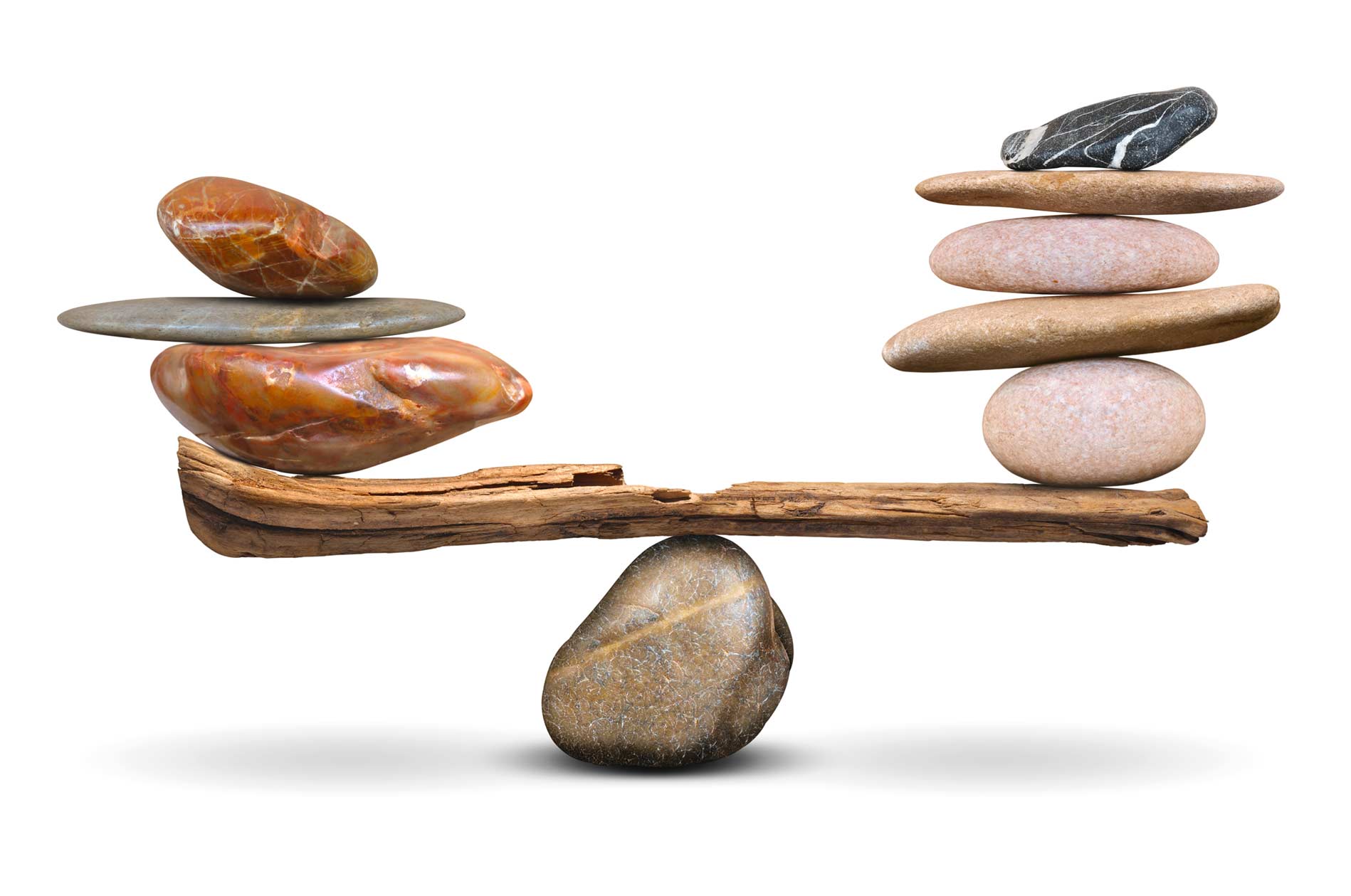
Understanding CBD:THC Ratios
Most marijuana flower sold at legal dispensaries is THC-dominant, with very little CBD. Of course there are exceptions, such as The Wife strain or even some CBD hemp flower strains. However, odds are that if you’re using flower, you won’t find ratios connected to the strain.
Once you start looking at other cannabis products, including vapes, you’ll notice ratios on many—but not all—product labels. Common ratios include 1:1, 5:1, 10:1, and even 20:1. What do these numbers mean? And how do they help with your pain?
The ratio indicates the amount of CBD compared to the amount of THC.
- A 1:1 ratio is when the amount of CBD and THC are the same in each dose.
- On the other hand, if a product has a 5:1 ratio, that means there’s five times as much CBD as THC in each dose.
It’s important to note that the ratio is not the same as the amount of CBD and THC. Our supporting member 1906 makes several different products, including their Midnight drops and Genius drops, that are designed to be swallowed. The ratio of each of these recreational products is 1:1—but the amount of CBD and THC in each is different.
- The 1906 Midnight 1:1 drops have 5 mg of CBD and 5 mg of THC per dose.
- The 1906 Genius drops are also a 1:1 ratio; however, they have 2.5 mg each of CBD and THC.
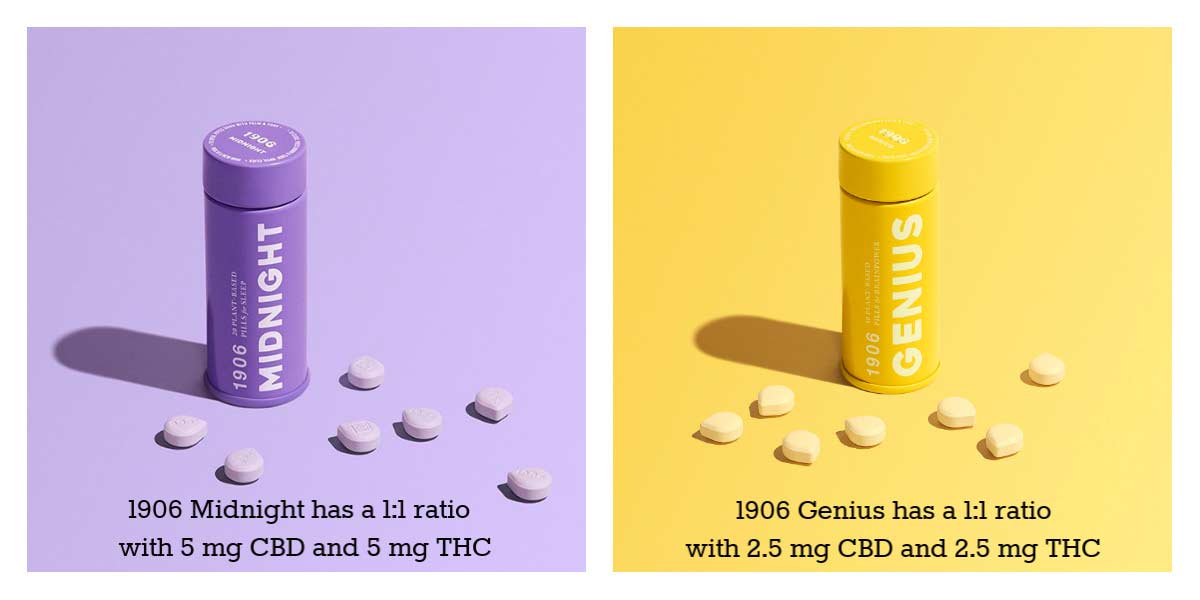
What if a product doesn’t list a ratio? In that case, look closely at the product label. The chances are good that the product either contains all CBD, with little or no THC (legal CBD hemp products fall in this category), or the product contains all THC.
What’s the Best CBD:THC Ratio For Your Pain?
The CBD and THC cannabinoids work individually to target different types of pain. By combining them in different ratios, though, you can achieve different effects to fit your specific needs.
While everyone is different, the following guidelines work for most people:
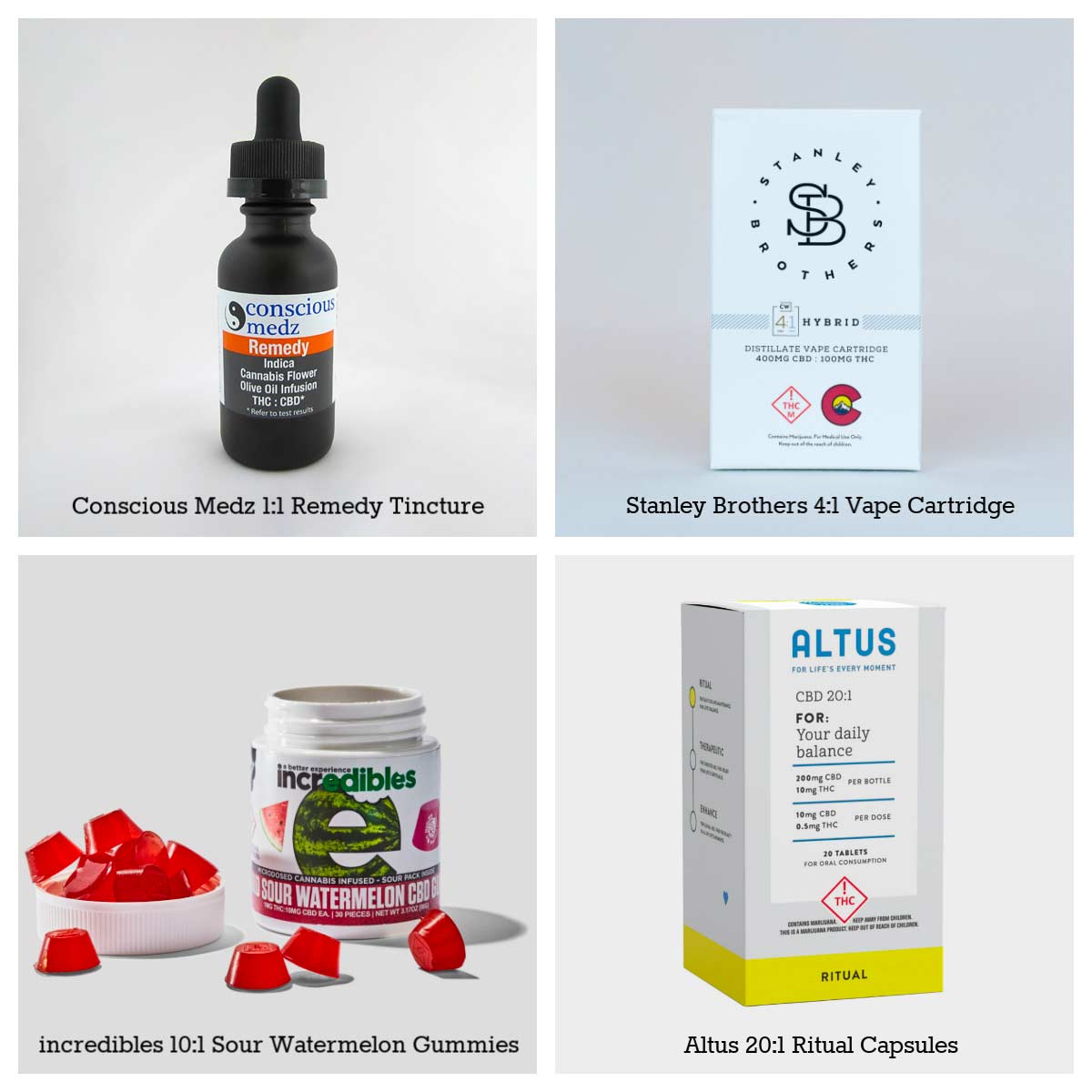
1:1 – Equal amounts of THC and CBD. A good option to try for all kinds of pain, including neuropathic pain. Products with a 1:1 ratio can be uplifting but this ratio will most likely cause impairment if using the suggested serving size. Always start low, go slow, to avoid intoxicating effects.
2:1, 4:1, 5:1 – A balanced product that can provide optimized levels of both CBD and THC for medicinal use, based on the fact that higher doses of CBD are often needed for relief. Can be intoxicating.
10:1 – A high CBD alternative for people who find the 5:1 ratio to be too intoxicating.
20:1 – High CBD levels along with very low THC levels provide a good option for managing inflammation pain. Very rarely intoxicating.
Leaf411’s supporting members offer many different CBD:THC ratios to meet different needs.
Layering Different Cannabis Products
Have you ever woken up in the middle of the night when your pain medication wore off, and suffered as you re-dosed and waited for the medicine to kick in? Fortunately, with CBD and THC products, you can layer different product types to reduce the changes of this happening.
For example, you might use a shorter-acting sublingual pill or vape to bring instant relief, together with an edible or transdermal patch to get you through the night.
If you’re using products containing THC (the cannabinoid that can be intoxicating and make you feel “high”), you’ll want to be careful with your dosing to make sure you don’t get end up with too much THC. The best approach is to start low and slow.
While you cannot overdose on THC, the feeling of being “too high” can be uncomfortable. Our website provides tips for what to do if you feel too high.
Cannabis as an Adjunct Therapy
Depending on how you use cannabis and other medications, there can be possible medication interactions. Our Leaf411 library offers guidance on specific medication interactions here.
We recommend consulting with a clinician before combining cannabis (which includes CBD hemp products!) with pharmaceuticals or over-the-counter pain medications.
Our Leaf411 cannabis-trained registered nurses can help with questions specific to medications you’re taking, and our service is FREE! Call us at 844-LEAF411 (844-532-3411).
We’re Here to Help!
We realize that it can feel overwhelming when researching cannabis for pain. There are so many options—different types of products and different ratios.
Research on cannabis as a safe alternative for treating pain continues to grow. As nurses, we’ve heard and seen firsthand the power of this plant-based medicine, and we stay up-to-date on the latest findings and clinical guidelines for using cannabis for pain.
Our Leaf411 hotline nurses have both specialized training and experience helping people to find the best option for their particular situation. We’d love to share our expertise with you as well! Reach out to us on our free, anonymous hotline at at 844-LEAF411 (844-532-3411).
The Leaf411 cannabis nurse hotline provides free, anonymous education and directional support to the general public about the safe use of legal cannabis. We partner with select business members who meet our rigorous standards to extend our education and outreach efforts.
Leaf411 Supporter Spotlight: Lisa Gee, Director of Marketing and Corporate Social Responsibility, Lightshade
Medically reviewed by Katherine Golden, RN
Written by Denise Rustning
Do you “vote with your dollars?”
In other words, when it comes to cannabis, do you try to support companies that not only create great products but also give back to the community?
Many people come to cannabis seeking an alternative to medicine-as-usual, which depends heavily on pharmaceuticals. In the same way, many cannabis businesses are creating an alternative to business-as-usual by truly embracing socially responsible and sustainable business practices. We believe that Lightshade is one of those businesses.
As part of the education that we provide at Leaf411, we love sharing our supporting member stories, believing that our members represent the best in the industry.
When we share these stories, we help change the outdated misconceptions around cannabis.
As a consumer, you can also help change the story, by supporting cannabis businesses that are committed to sustainability and social responsibility. First, though, it helps to see what a socially responsible, sustainable cannabis business looks like in practice.

Leaf411 Founding Member Lightshade Dispensary
Our founding member Lightshade is a great example of how a successful business integrates social responsibility, community engagement, and sustainability into their core business model.
Lightshade is a natural partner for Leaf411, given our shared priority to improve awareness and education around safe use of legal cannabis.
We recently sat down with Lightshade’s Director of Marketing and Corporate Social Responsibility, Lisa Gee, to learn more about the dispensary’s work in the community and their commitment to customers.
Q: Lightshade is known for its dedication to corporate social responsibility (or as we like to call it, “cannabis social responsibility”) and supporting the community. What does that look like?
There are struggles when you go into a new neighborhood. You have to create these relationships with your community where they can see the cannabis doing good. They don’t want to think of you as just an outlet for drugs. We take it really seriously that we demonstrate dedication to the neighborhoods that we’re in. We do this through the corporate social responsibility programs that we either fund directly and/or volunteer with. It’s part of Lightshade’s ethos, and is built into everything that we do.
We also take it very seriously that our vendors volunteer with us. I know there are vendor relationships we’ve had where the vendor didn’t have a corporate social responsibility (CSR) campaign or any community relationships. And as a result of volunteering alongside us, they’ve been inspired to take on their own volunteer activities.
Q: It sounds like you really strive to be an industry leader when it comes to CSR. Why is that important to you?
We try very hard to mentor and demonstrate all the good stuff that cannabis does, and what a company like ours can accomplish when you get your staff involved and you get your vendors involved. At the same time, it’s a challenge for us because there’s no way for us to tell the full story. Our customers a lot of times don’t really know everything we do. That’s challenging. We’d like them to know more about some of the work that we in the community.
Another goal for us is to be a thought leader demonstrating our dedication to community by bringing more people into it, whether that’s customers, vendors, or employees. It’s about showing what can happen when you come together as a group with very different people and the kinds of impacts that you can make to your community.
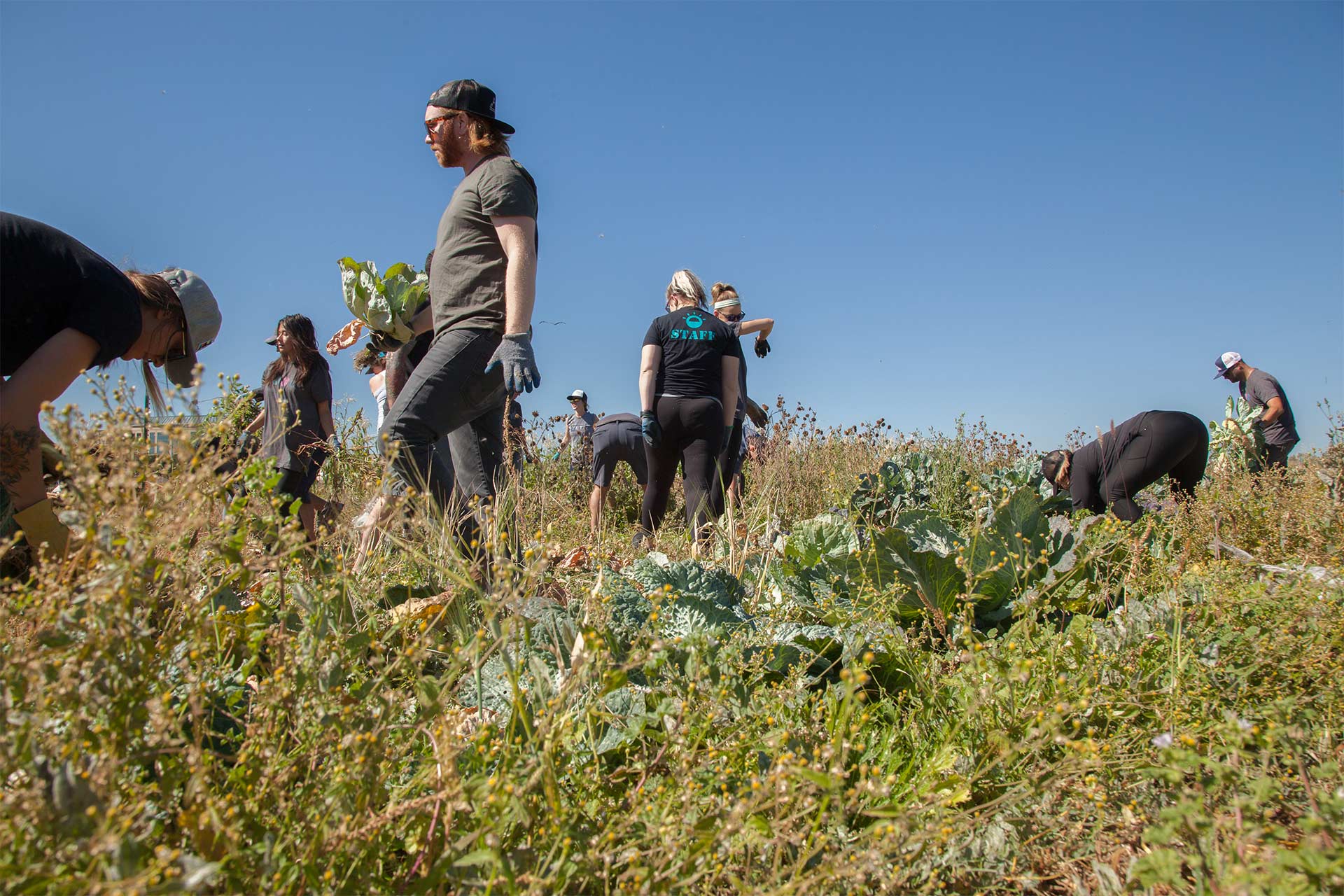
Q: Can you share an example of how you pull together all these different groups—employees, vendors and customers?
During our Denver Urban Gardens activity, it can be 100 degrees outside. We’re out there with shovels, picks, and dirt, sweating on a workday alongside our vendor volunteers, doing six hours of work and then going back to the office. That’s definitely one of the activations that we’ve had, with people calling afterward and saying they’re going to do their own event, or that they’ve adopted a park. They’ll even ask, “Do you want to help us?” This happened with Wana Brands. We’re looking to partner with them on more events. Their values align with ours in so many ways.
Q: You’ve created a unique corporate culture in this space, because you are paying attention to all those little things and they truly matter to you to do your part to make a difference.
I’ll share a story with you. A production company contacted Kelly and Courtney at kindColorado. The production company is profiling Denver and wanted to talk about two things, homelessness and cannabis. And they randomly found Kelly and Courtney on the interwebs and reached out to them and asked, “What can you tell us about cannabis and the homeless problem it’s creating?”
Kelly and Courtney said, “First of all, we need to tell you a little bit about how your assumption is wrong. Homelessness was not caused by adult recreational use legalization in Colorado. There’s a lot of other correlations with what’s happened here. But there’s some other stories you might want to tell.”
Out of the conversation came the fact that there are cannabis companies and dispensaries who are focused on homelessness. It’s one of our pillars at Lightshade. Kelly and Courtney suggested that the production company talk to us.
As a result of our conversations, their Denver episode will focus on Aurora Warms the Night, which is one of the big homeless programs we support, and Lightshade—how we are out there on the streets volunteering with the program.
The majority of Aurora Warms the Night’s funding comes from that marijuana tax fund for homelessness in Aurora, CO (Aurora is located in the Denver metro area).
But the best thing about Aurora Warms the Night is that when you’re there helping, you’re serving the food and pouring the drinks for the people. Then you get yourself a plate and sit down with the people you’ve served. The program’s goal is to humanize the homeless, because it’s so easy for us to walk past homeless people and not see our common humanity with them. And we all do it, even if we hate ourselves for it. So it’s just a way of being like, “You are here. Connect with these people.” And I know I did. The first day that I was out there with Aurora Warms the Night, I sat in my car and cried afterward. The people I met were fantastic but also so vulnerable. They’ve been left behind or they started in a homeless and vulnerable family. And so that’s the kind of impact that we get to tell the story about.

Q: Your slogan is: “The Lightshade difference is night and day.” We can definitely see that in terms of the CSR work you do. But what does it mean for consumers?
Our slogan is a play on words. First of all, Lightshade—the name of the company—comes from the need for a cannabis plant to have equal parts of sun and shade. Also, our loyalty program is called the Night and Day Club.
Our slogan is a way for us to differentiate ourselves. It is aligned a lot with CSR. It’s also about the consumer experience, about how the retail environment looks and feels.
Q: Can you describe your retail environment?
We’re really trying to help elevate the cannabis industry just by the look and feel of the retail environment. We use a lot of reclaimed barn wood. We have natural finishes and stained concrete with rich colors. The furniture is meant to feel more like you’re in someone’s living room, a very comfortable and elegant living room.
Our Dayton store has a fireplace in the waiting area. It’s located right next to a retirement community. We get a lot of older people who shop at our Dayton dispensary, which is a very comfortable, warm and welcoming space. When people walk in, they’re comfortable and they don’t feel nervous.
We also take the training of our bartenders and our front desk staff very seriously. We do something outside the norm. Rather than use an off-the-shelf program for training, we developed our own training program and have our own training director. Our program covers product knowledge and compliance issues.
There are so many things that bartenders and front desk staff need to know. They have to have answers for everything, especially, “I’m not a doctor.” That’s where Leaf411 comes into the picture.

Q: How does your partnership with Leaf411 help your budtenders and customers?
The partnership has created opportunities for us that we didn’t have before, because one of the keys to being a successful cannabis retailer is education. Because of the limits in our industry, there’s a lot we just cannot do.
That face-to-face relationship between the budtender and the consumer or patient is the one shot we have at providing education that they need to have. We’re not able to tell them certain things because it doesn’t fall within the legal scope. However, being able to give them a business card or the pamphlet to Leaf411 provides the opportunity to open the floodgates of education. We weren’t able to provide that before. I’ve seen it at stores, and I’ve heard it from budtenders.
For example, we had two customers at the Dayton store the other day who had chronic pain and sleep problems. I explained to them what the budtender could tell them. We can say something like, “This is my favorite thing.” But we can’t say why. Being able to refer customers to Leaf411 is a perfect solution. It’s really important for us to be able to share a verifiable, trusted resource.
Q: As Leaf411 continues to expand, we’re getting more inquiries from dispensaries in both Colorado and other states. From the dispensary perspective, what would you tell them about partnering with Leaf411?
When we heard what you were doing, we were down. We were all in just with the idea.
Dispensaries need to have access to nurses or doctors as credible resources to refer their patients and consumers to. If you allow your budtenders to give medical advice, you’re going to be shut down in a month, maybe less. And if you don’t operate in the complete black and white area of compliance and regulatory environment, you’re not going to last long.
The only tool we have is Leaf411, outside of doctors. And sending customers to doctors is cost-prohibitive in many cases.
From a business perspective, partnering with Leaf411 is all about customer care, service and being there for your community. You will build customer loyalty with this kind of service. You will have stories like ours, with people who have never walked into a dispensary before and receiving the support they need. They were absolutely thrilled and amazed at what came of that experience and probably changed their lives. Our partnership with the Leaf411 cannabis nurse hotline is invaluable. You know, we just couldn’t be more thrilled.
Someone told me this a number of years ago and it really stuck with me. I don’t remember jokes or poetry, but I have never forgotten this. And it’s that with nurses, you can find someone who is as curious about what’s going on with you as you are.
This interview has been edited for length and clarity.
For More Information
Lightshade has eight recreational dispensaries in the Denver metro area, with five of those dispensaries also serving med patients. You can learn more about Lightshade’s community partnerships here.
Leaf411 is proud to have Lightshade as one of our founding members. Lightshade is committed to elevating cannabis’s reputation by providing high-quality product, experiences and information. Their ethos align with Leaf411’s commitment to kindness and professionalism.
Additional Resources
Check out our recent post, “Planning Your First Dispensary Visit,” if you’d like additional tips before heading out the door to Lightshade or any other legal dispensary.
Whether you’re a patient or a budtender, our cannabis-trained nurses are available to answer your questions on our FREE anonymous hotline at 844-LEAF411 (844-532-3411).The Leaf411 cannabis nurse hotline provides free, anonymous education and directional support to the general public about the safe use of legal cannabis. We partner with select business members who meet our rigorous standards to extend our education and outreach efforts.
Talking to Your Partner about Cannabis
Medically reviewed by Katherine Golden, RN
Written by Denise Rustning
Cannabis has gone mainstream. Medical marijuana is legal in over half the states. Also, recreational use is legal in 11 states as well as in the District of Columbia and all of Canada.
Cannabidiol (CBD) hemp products containing less than 0.3% tetrahydrocannabinol (THC) are legal at the federal level, and widely available online and in retail outlets in almost all states. Compliant CBD hemp products should not get you high (cause impairment or intoxication), but offer many health benefits.
As legalization has spread, so has acceptance. According to a November 2019 Pew Research poll, 67% of Americans say marijuana should be federally legalized. This support exists across all age groups except for the Silent Generation, made up of people over the age of 75.
The shifting public attitudes might not be reflected in your own home, though.
How do you talk to your significant other if you’re curious to try cannabis but don’t know what they’ll think? This can be especially tricky when your partner has negative experiences, fear or preconceptions about cannabis.
Know Why You Want to Use Cannabis
Before you broach the topic with your partner, take stock of why you want to try cannabis. Are you “canna-curious” and interested in seeing what options exist in the legal marketplace? For example, some people are turning to THC-infused drinks and other products as alternatives to wine or beer.
Many people also seek out cannabis based on growing research about the plant’s health benefits.
Remember that cannabis is not a cure-all or magic pill. However, it can serve as a powerful tool.

Anticipate your Partner’s Concerns
Many of us had less-than-ideal experiences with marijuana in the past, when it was illegal everywhere. Product quality was iffy at best, and you never quite knew what was in the flower (buds) you were smoking. If you got caught, you faced legal charges, fines and even jail time, along with a criminal record.
Keep this recent history in mind when you bring up cannabis to your partner. Even someone with past cannabis experience may respond with skepticism at first, given the nature of their previous experiences.
You can address these concerns by talking about how state regulations provide more oversight and consistency in products sold at legal dispensaries.
While CBD products sold in retail outlets and online are not subject to this same level of oversight, most high-quality manufacturers provide Certificates of Analysis (COAs) with test results for their products to see exactly what makes up that particular product.

Stigma: The Elephant in the Room… On the Couch Eating Chips
Cannabis still suffers from stereotypes, despite the fact that more athletes, businesspeople, and other high achievers are openly embracing the plant.
When you tell your partner you want to try cannabis, they may immediately picture you glued to the sofa with a bag of Doritos. Those old stereotypes are tough to shake!
Dr. Dave Gordon, founder of 4Pillars Health & Wellness, addressed some of these stereotypes in his recent interview with Leaf411.
“A lot of the cannabis propaganda that people have heard over time is just wrong,” he says. “The perfect example is when someone asks, ‘Is cannabis going to cause me to lose my brain cells?’ … Actually, the science shows that cannabis is probably going to protect your brain.”
You can read more from Dr. Dave on common misconceptions and what the research says about cannabis here.
Putting Cannabis in Context of Lifestyle Changes
When talking with your partner, put your interest in cannabis in context with other areas of your life, explaining how it fits with other goals and priorities. For example, if your goal is to improve your sleep, share other lifestyle changes you’ll be trying along with cannabis, like limiting screen time before bed.
Also, you can point out that while we try many new things in our lives, very few (if any) become all-encompassing. For example, when you took up running, it didn’t mean you were suddenly skipping work to spend all day out on the trails. Your experience with cannabis will likely follow a similar path, becoming a balanced activity, not a problematic one.
Religion and Cannabis
Cannabis prohibition in the United States has always carried a strong moral undercurrent, using language such as “devil’s lettuce,” and stereotyping cannabis users as lazy stoners.
Most of today’s religions are against recreational use. Medical marijuana, on the other hand, is where many religions (but not all!) have shown more openness.
If your partner’s concerns are based on religion, try to understand their perspective. They may be concerned that you are not treating your body with respect, or that your use will be excessive and sinful.
If you’re only interested in using cannabis for recreational purposes, you’ll have a tough argument to make.
However, if you’re seeking cannabis for health purposes, consider framing your perspective to address your partner’s concerns. For example, talk about how you are seeking alternatives to prescription painkillers that have harmful side effects.
Also, you can point out that your goal is to heal, not to get high, and what that means for you.
For example, you might be starting with CBD hemp products that are federally legal and have no intoxicating effects. If you’re using products with THC, you might talk about how you plan to start low and go slow with dosing, an approach recommended by Leaf411 nurses, Dr. Dave and other cannabis health practitioners. A big misconception is that you need to feel high (intoxicated) to reap the medicinal benefits. This is not the case for most people using THC.
Talking About Substance Abuse Concerns
Substance abuse is a complex issue. You only need to look as far as a set of siblings, where one sibling becomes an alcoholic while the other does not, to see it’s not just a matter of genetics or upbringing.
Your partner may understandably be concerned if they’ve had friends or family members who abused marijuana. Anything can have an abuse potential, from food to alcohol to cannabis, so explaining your intention is key.
It doesn’t help, either, that the Food and Drug Administration (FDA) lists marijuana as a Schedule 1 drug along with heroin, despite significant evidence that it is not nearly as harmful and has much lower potential for addiction. Part of the Schedule 1 designation is based on the FDA’s position that marijuana has no medical value.
This designation, ironically enough, limits the abilities of academic and medical professionals to conduct research on cannabis’s potential health benefits.
In other words, the FDA requires clinical research to support moving a drug down to a lower level on the schedule; however, due to FDA restrictions, it’s extremely difficult for researchers to conduct the very studies that the FDA requires.
Can someone become dependent on cannabis? According to Dr. Robert Navarra, a psychologist at the Gottman Institute, substance use and addiction fall on a spectrum. About 9% of people who use cannabis will develop cannabis use disorder which means they are dependent on—but not addicted to—cannabis. To put that in perspective, researchers estimate that approximately 30% of Americans have alcohol use disorders.
Respond to your partner’s concerns by talking about what your overall goals are in using cannabis, as well as how this plant-based tool fits in with other strategies you’re trying. If you’re embracing the start low and go slow approach, you can share that knowledge with your partner as well. Your goal is to find the right amount for your purposes.
CBD and Marijuana Health Concerns
In January 2020, new research came out from the American College of Cardiology showing that cannabis may interact with certain cardiac medications.
If your partner saw that study in the news, or other past news about the FDA questioning the safety of CBD, they might have hesitations, especially if you regularly take prescription medications.
We agree that it’s imperative to check with a medical professional before adding any new medicine to your ongoing regimen. You can check out our recent post on the subject here.
Our Leaf411 registered nurses are also available to talk to you or your partner about potential medication interactions with cannabis.
Legal Cannabis and the Workplace
First, we’ll say that if you live in a state without legal recreational or medical marijuana, then we strongly encourage you to limit yourself to CBD hemp products which are federally legal. CBD hemp products may provide many cannabis plant benefits, minus the intoxicating effects of THC.
CBD hemp is also legal at the state level nearly everywhere. (Idaho, Nebraska and South Dakota are the exception.)
Even in a fully-legal state with recreational and medical marijuana, your partner may have legal concerns.
For example, a med card or state legalization doesn’t serve as a defense against positive drug test results in the workplace.
If you work in a job that requires drug testing, then we recommend looking for CBD products that clearly state “No THC” on their label. Verify the product quality and contents, as well, by reviewing the manufacturer’s COA listing the lab test results. Be sure to share this information with your partner as well, so they can understand how you’re taking steps to use safe products.
Is your partner worried that secondhand marijuana smoke could cause them to fail a drug test? This is a common concern. We’ve reviewed the research and haven’t been able to find any published studies that passive or incidental exposure will result in a positive drug test.
Offer Cannabis Resources and Education
Does your partner know the difference between full-spectrum CBD hemp containing under 0.3% THC versus marijuana products with higher THC levels? Do they understand that you don’t need to smoke marijuana for it to be effective?
Check in with your partner to make sure that you’re both talking about the same thing. They might assume that you plan to smoke or vape marijuana flower that will get you high, while you’re actually planning to start with an edible or oil that contains more CBD than THC.
Your first instinct might be to answer your partner’s questions with “Google it.” However, there are thousands of websites offering misinformation on both sides of the cannabis debate.
That’s one reason we formed the Leaf411 nonprofit hotline—to provide a trustworthy resource to the public, providing medically-sound, balanced information.
Our Leaf411 library is a good starting point, offering a list of resources providing a balanced view.
Our registered nurses who staff the FREE Leaf411 hotline are also a great resource. You don’t have to be a cannabis user to call us. We take calls from many non-cannabis users, including spouses, family members, and clinicians who are simply seeking more information to help their patients.

Creating Shared Expectations Around Cannabis Use
It’s important to talk to your partner about how, when and where you plan to use CBD hemp or marijuana, coming up with a plan that both of you can live with.
Some people simply don’t like the smell of marijuana. They may worry that it will cause everyone in the house to smell like they’ve been smoking, or that neighbors will notice the smell. This is a legitimate concern!
Fortunately, there are many alternatives to smoking, including vapes which produce less odor, as well as edibles, tinctures, and even transdermal and topical products.
Other areas you’ll want to discuss are listed below. Your decisions will likely be shaped in part by why you’re using CBD hemp or marijuana. For example, if your goal is to reduce social anxiety, then it won’t be especially helpful if your partner insists that you only use cannabis at home after everyone else is in bed.
Kids: Whether or not to use cannabis around your children is both a highly personal decision, and also a hotly-debated issue. Pediatricians express concerns about secondhand smoke, as well as risks with parents being intoxicated with any substances, including cannabis, while caregiving. On the other hand, more parents like Kaycee Bawdon are speaking out about responsibly using cannabis while parenting. Many parents point out that drinking alcohol around kids is widely accepted, even though it is a more dangerous substance. As a starting point for discussing this issue with your partner, check out this article to read rules different parents have set around using cannabis at home.
Visitors: For many of us, marijuana was a common presence in our younger days. Visit a friend’s dorm room, and they might offer you a hit off their bong. Of course, many dorm room relics no longer fit in our lives.
While many adults enjoy the social aspects of modern cannabis culture, others prefer to keep their use private. Talk to your partner about how to handle this issue in your home, recognizing that different situations may call for different rules.
A Few Final Thoughts on the Importance of Trust
Your partner may not be the biggest fan of cannabis, but hopefully they will respect and support your right to use CBD hemp or marijuana products in a legal, safe, responsible manner. You can help the cause, so to speak, by being truthful about your use. Nothing creates mistrust faster than sneaking around and lying.
Respect is a two-way street. If your partner chooses to not use CBD hemp or marijuana, it’s important for you to respect their decision. Resist the urge to pressure them to try your new vape “just one time” even if you think they’d love it.
Need Help Starting the Conversation?
Our Leaf411 cannabis-trained nurses are available to provide balanced education and guidance on safe, legal cannabis use. We’ve even had couples call and put us on speaker phone, so they could both be part of the conversation!
We encourage you or your partner to call us with your questions at 1-844-LEAF411 (844-532-3411).
The Leaf411 cannabis nurse hotline provides free education and directional support to the general public about the safe use of legal cannabis. We partner with select business members who meet our rigorous standards to extend our education and outreach efforts.
Planning Your First Dispensary Visit
Medically reviewed by Katherine Golden, RN
Written by Denise Rustning
If you’ve never visited a recreational or medical marijuana dispensary before, it can be stressful knowing where to start. How do you choose the best dispensary for your needs? What methods of payment do they take?
We’ve all been there at one point! Leaf411 board member Ella Cressman recalls her first dispensary visit in the video below. Ella is the founder of HHP Collective, and is a licensed esthetician who has extensive training and experience formulating cannabidiol (CBD) topical products.
Finding a Good Dispensary
It seems like Google has everything covered these days, and marijuana dispensaries are no exception. You can search “dispensary near me” to find nearby options. The results typically include Google reviews and photos that provide a sense of product quality and store atmosphere. The dispensary website will also be listed, where you can find more information on the type of dispensary (recreational or medical), hours of operation and other details.
The Leaf411 resource guide is also a great place to check. Our supporting members have been fully vetted to ensure they are compliant with all regulations, and are committed to providing consistent, high-quality products along with attentive customer service.
There are a few online directories like Leafly that list dispensaries along with reviews and product menus from many locations. It’s important to know that companies pay to be listed and promoted on Leafly, so the amount of information about specific dispensaries may vary.
Want to make new friends while visiting a dispensary? Consider taking a tour!
A Great First-Time Option: Tour a Dispensary
A growing number of dispensaries offer free tours where you can learn more about their products. Leaf411 member Seed & Smith offers 40-minute tours showing their grow facilities, and how they harvest, process and extract cannabis for concentrates. You can even smell fresh terpenes on the tour!
Many community centers and senior programs also offer guided tours of local dispensaries (only in states with legalized marijuana, of course). These tours are popular with seniors who are curious about cannabis for health and wellness.
Looking for Specific Cannabis Products?
If you’re looking for a specific product, you can use Leafly or the product manufacturer’s website to find nearby dispensaries that sell what you’re looking for. Check out Leaf411’s cannabis manufacturer listings to find high-quality products made by our supporting members.
Remember that marijuana products containing over 0.3% THC cannot be shipped for sale across state lines. If you’re eyeing a high-THC edible made by a company based in Oregon, chances are that it won’t be available outside of Oregon unless the company is a multi-state operator (MSO) with licensed production facilities in other states. For example, our supporting member Altus produces gummies and tablets that are sold in both Colorado and Nevada, and the incredibles brand is available in Colorado, Illinois and Oregon.
Making Your List Before You Go
Visiting a dispensary can feel a bit like being a kid in a candy store, especially when you’re checking out the edibles!
We suggest that you review the dispensary’s menu online before visiting. Use it to make a list of products you’re interested in. You can also list your questions and priorities—like wanting a flower strain that has high amounts of linalool (the terpene that’s also found in lavender).
Need help sorting out all the options? Our Leaf411 nurses can help at no cost to you through our hotline 844-LEAF411 (844-532-3411). Our priority as an education-focused nonprofit is always to find the best options for our callers. We don’t get commissions for recommending one product over another.
Things to Take on Your First Dispensary Visit
You’ve made your list and found a dispensary that you’re excited to visit. Before you head out the door, make sure you have the following:
- Government-issued identification: Valid government-issued photo identification is required to verify you are 21 or over (or 18 or older with a med card). Your ID will be checked several times during your dispensary visit (more on that below)
- Med card: Depending on the dispensary, you may need to bring a medical marijuana card. In states with only legal medical marijuana, a med card is required to shop at dispensaries and legally possess marijuana.
- Cash: Cash is king at most dispensaries. This is in large part due to federal banking restrictions preventing dispensaries from accepting credit card payments. Some dispensaries provide onsite ATMs in their lobbies, or even the ability to use your debit card and pin at the register. However, ATMs can break down or run out of cash. Your best bet is bring enough cash to cover your purchase.
- Don’t forget sales tax when planning on how much cash you’ll need! Sales tax on recreational marijuana is much higher than sales tax at the grocery store. States set their own tax rate, then counties and local municipalities add on additional taxes as well. The marijuana sales tax rate can range from 5% to almost 50% sales tax, depending on the dispensary’s location. When you visit a dispensary, be sure to ask if their prices include sales tax, or if it’s added on at the end when you check out.
When You Arrive at the Dispensary
Walking through the dispensary door can be a scary moment. Odds are that you’ll find a smiling, helpful face on the other side, though!
- When you first arrive, a receptionist will check your government-issued ID. They may also scan it into their system. This is so they can track the total amount of product you’ve purchased from their company within a day. States have different limits on how much residents and out-of-state visitors can buy each day. Dispensaries can face stiff fines and even jail time if they allow customers to abuse the daily limits.
- If you are a medical marijuana patient, you’ll also need to share your med card.
- After you check in, a budtender will be assigned to help you. If the dispensary is busy, you may have to wait a few minutes before one is available. Many dispensaries like our members Lightshade, Seed & Smith, and Smoking Gun have comfortable waiting areas with clean restrooms, cannabis periodicals, dispensary menus, and educational information to read.
A Different Shopping Experience
Your budtender will meet you in the waiting area and take you into the main dispensary area. Many states require the budtender to check your ID again, and even ask you questions to verify the ID really belongs to you. Don’t be surprised if you get asked your zip code, eye color or other details from your ID.
After your identity is confirmed, the budtender will ask what you’re looking for. This is where your list comes in handy! You might also want to mention that it’s your first dispensary visit, so that the budtender can make sure to explain the buying process as well as any limits on how much you can buy in a day.
Dispensary Dos and Don’ts
Shopping at a dispensary is different than any other retail experience. This is mostly due to laws which vary from state to state. In Colorado, for example, budtenders can hold open a jar of marijuana flower (buds) for you to smell. In California, though, the laws require flower to be packaged and sold in sealed containers.
No matter where you’re shopping, the following list of dos and don’ts apply.
Do:
- Bring a positive attitude and open mind. Budtenders help a lot of people who are new to cannabis. They don’t expect you to be an expert!
- Bring your list along with your questions. While budtenders cannot provide medical advice, they can share product information and other customers’ experiences with different products.
- Ask the budtender if they’ve tried a product that you’re curious about. You may be surprised at how candid their reviews are.
- Ask before reaching out to touch or smell a product.
Don’t:
- Don’t talk about buying products for other people unless you are the designated caregiver shopping for a medical marijuana patient. State laws prohibit you from sharing your own medical marijuana with others. Recreational marijuana can be gifted to another adult within the same legal state; however, it cannot be sold, even at cost. Why is this? State regulators are concerned about products ending up on the black market or in the hands of young people.
- Don’t ask about taking product out of state. It’s illegal to transport marijuana across state lines, since federal laws prohibit interstate transport.
- Don’t ask for samples. Onsite consumption of products is strictly prohibited at dispensaries.
- Don’t feel pressured to buy something that doesn’t feel right for you. This is where your list comes in handy, keeping you on track. If the budtender is pushing a product you’re not interested in, you could say, “Thanks for that suggestion. I’ll check it out at a different time. But today, I’m looking for something else.”
- Don’t ask for medical advice. Budtenders are prohibited from providing medical advice, and the majority do not have a medical background. However, the cannabis-trained RNs at Leaf411 are qualified to answer your medical questions!

Join us on our Facebook page to share your first dispensary visit stories or questions!
The Leaf411 cannabis nurse hotline provides free education and directional support to the general public about the safe use of legal cannabis. We partner with select business members who meet our rigorous standards to extend our education and outreach efforts.
Terpenes and THC: Why Terpenes Matter More Than You Think
Medically reviewed by Katherine Golden, RN
Written by Denise Rustning
If you visit internet forums, you’ll find countless questions like, “What’s the best marijuana strain for pain?” or “What’s the best daytime strain for me?”
In this post, we’ll help you find the best product for your specific needs by taking a look at the role that terpenes play in cannabis’s effects. (Not sure what terpenes are? Check out our previous post here.)
Why do terpenes matter? Isn’t it just a matter of finding the plant with the most THC?
The short answer: No. It’s not all about THC or even the type of strain.
Many people compare the THC or CBD to a singer in a rock band. Sure, they lead the show, but without all the other instruments, the experience would be very different!
Different Cannabis Types: Sativa, Indica, and Hybrid
Step into a legal marijuana dispensary or look online at their menu, and you’ll find many different product choices. (We use “marijuana” when talking about cannabis containing >0.3% THC.)
Cannabis is usually divided into three general groups—sativa, indica, and hybrid. Within each of these groups, you’ll find different strains (scientifically referred to as “chemovars”).
What makes all these strains’ effects so different from one another? You might be surprised to find out it’s not whether the strain/chemovar is classified as a sativa, indica or hybrid, or even the amount of THC.

Sativa, Indica or Hybrid Plants: The Scientific Perspective
There’s ongoing debate if the cannabis plant includes several distinct species or not: cannabis sativa, cannabis indica, and cannabis ruderalis. Scientifically speaking, these three different types of cannabis have a lot to do with how the plants grow, and not so much on the plants’ therapeutic effects.
Sativa plants grow taller with narrower leaves, while indica plants tend to be shorter and bushier with wider leaves. Ruderalis is a much smaller low-THC plant that you won’t likely find in dispensaries.
Indica plants tend to be easier to grow due to their compact size and shorter flowering season. This has made indica more popular among growers. Indica plants are crossed with sativa plants to create hybrids that improve plant growth and harvest yields. In other words, most cannabis today is a hybrid, combining genetics from indica and sativa strains.
If that’s the case, then why do so many people reference various cannabis strains/chemovars as being sativas, indicas or hybrids?
When most people reference a particular strain/chemovar as being a sativa, indica or hybrid, what they are really talking about is the therapeutic effects the plant will deliver.
Sativa strains/chemovars have a reputation for being uplifting and energizing, while indica strains/chemovars are known to be more sedating. Hybrid strains combine elements from both sativa and indica strains/chemovars.
Those effects are the result of all the plant compounds working together, including the plant terpenes, not simply the particular strain or THC/CBD content.
How Marijuana Strains Are Alike
All cannabis strains contain THC and CBD. In fact, a recent study showed that the levels of THC and CBD are almost the same in about 75% of marijuana, regardless of strain or even whether it’s classified as a sativa, indica or hybrid. (A few high-CBD marijuana strains exist that are the exception to this rule.)
The Blue Dream strain/chemovar and the Sour Diesel strain/chemovar both contain about 19% THC and very little CBD. However, your experience using these two strains will likely be very different. Why is that?
What Makes Strains Different: Terpenes
Remember how we said that THC and CBD are like a lead singer in the band?
To continue that example, the other plant compounds are like the rest of the band, adding to the experience. And if you change up the band, then the experience can be very different.
If you’ve ever heard a singer do a special performance with a symphony instead of their regular band, then you know the difference that the other instruments play in setting the mood and shaping the experience.
Likewise, marijuana strains with similar THC and CBD amounts have different minor cannabinoids and terpenes which create very different effects.
Let’s look again at Blue Dream and Sour Diesel, the two strains/chemovars with very similar amounts of THC and CBD, to see how this works:
In the Blue Dream strain, the myrcene terpene is dominant, with pinene as well. The myrcene creates a relaxing, anti-inflammatory effect, while the pinene also addresses inflammation and pain.
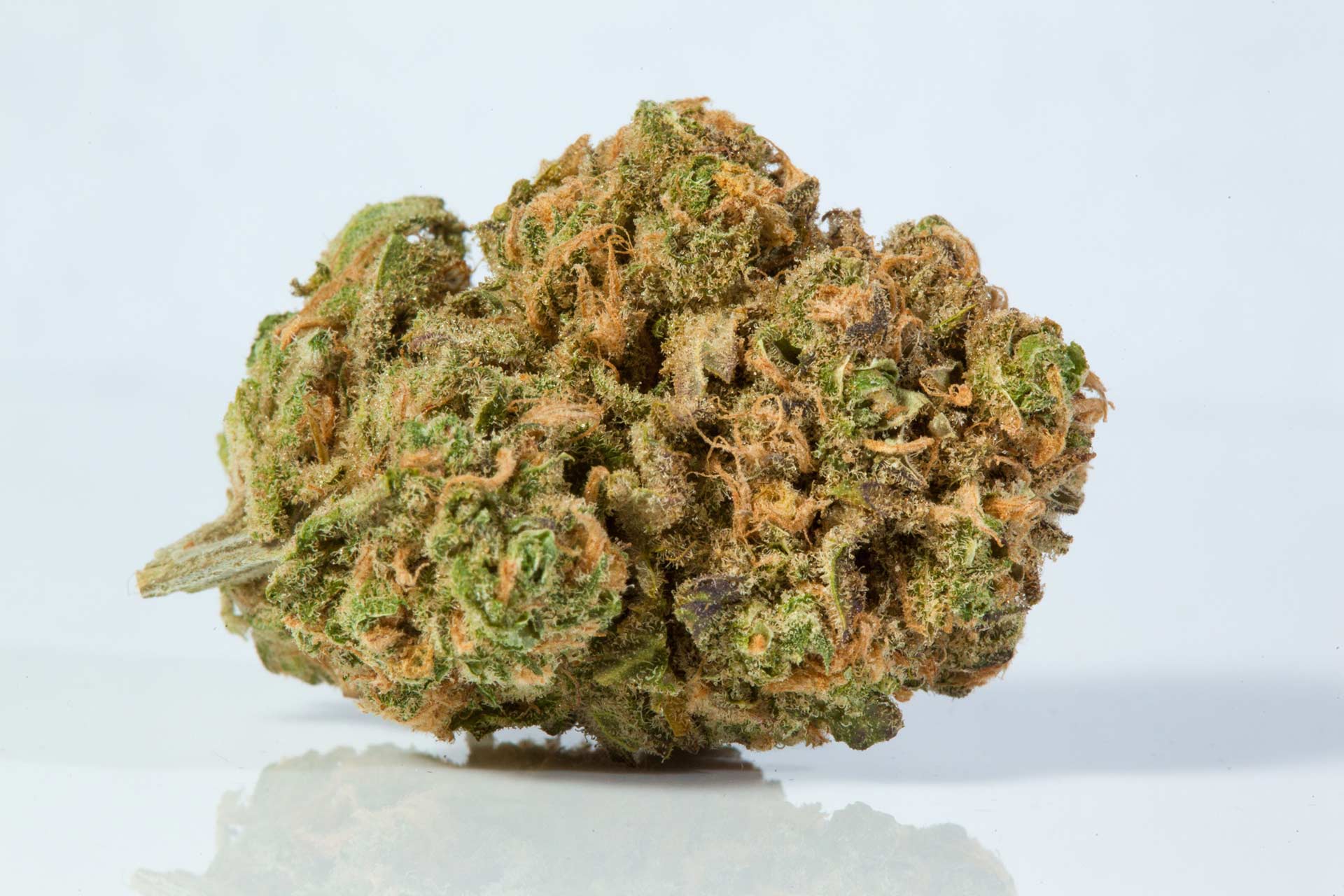
Sour Diesel, on the other hand, is dominated by caryophyllene and limonene terpenes. The caryophyllene and limonene contribute to this strain’s reputation for being energizing and uplifting, reducing depression and pain.
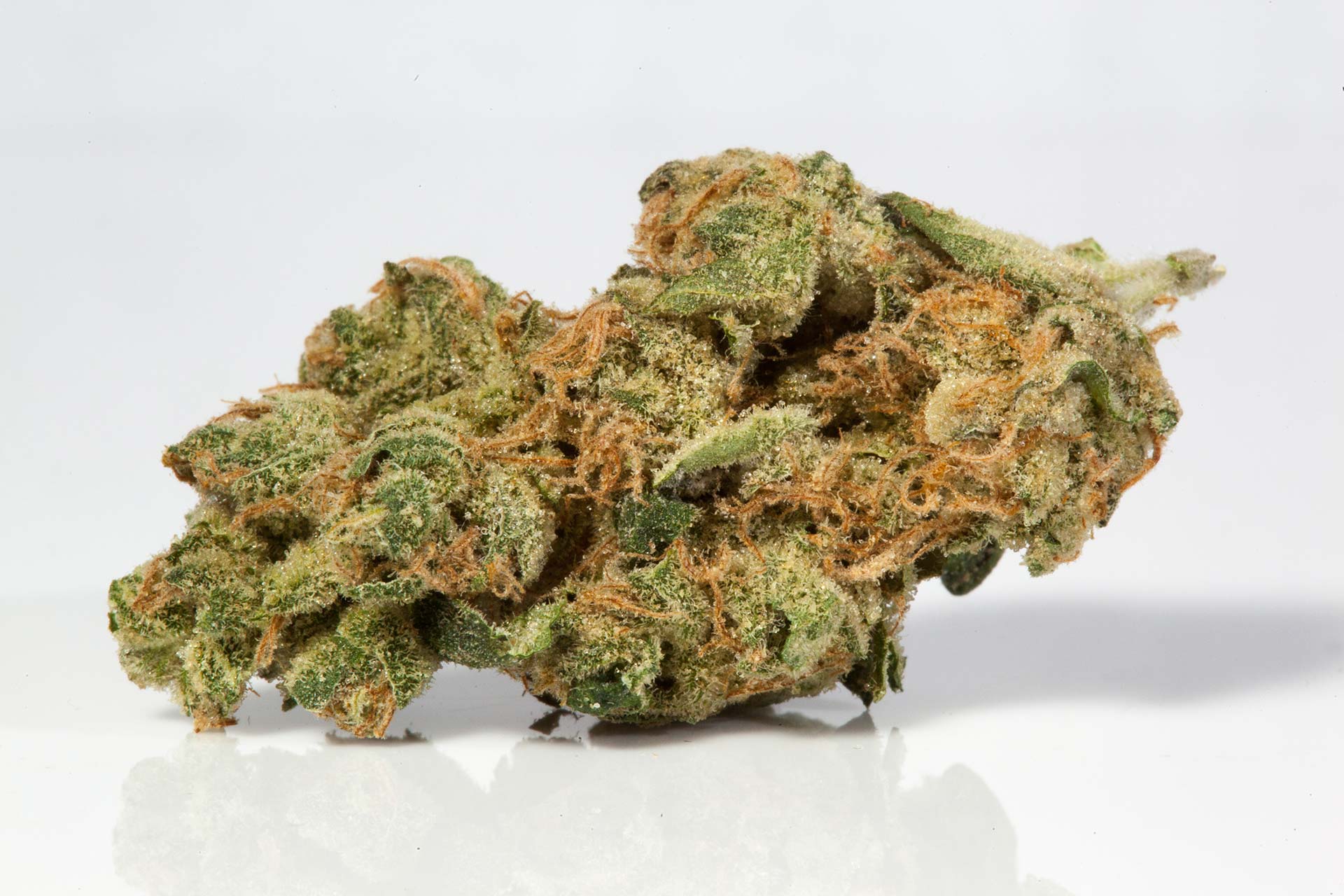
Finding the Right Terpenes
How do you find a strain/chemovar that contains a specific terpene? Leafly offers a “Find Your Strain” tool that can help you identify strains by terpene profile.
A few dispensaries, including our supporting member Lightshade, include terpene profiles online with their flower products; however, many dispensaries do not.
Budtenders should be able to help answer questions about strains which feature specific terpenes. In some states, including Colorado, you can even smell the flower in the dispensary, allowing you to identify the dominant terpene strains with your own nose.
Max Montrose from Trichrome Institute explains how smell can lead you to the strongest terpenes in the video clip below.
Growing Seasons and Conditions
If you eat fresh fruit or vegetables, you know that growing conditions and the time of year can make a big difference in the flavor. The same goes for marijuana flower.
Each state with legal recreational and/or medical marijuana has different laws restricting who can grow and where they can grow. Growing outdoors is a popular option, though companies face challenges posed by weather, pests and disease. While growing indoors provides more control, it’s also quite a bit more expensive. Indoor growers also face challenges with mold and spider mites.
How Terpenes Are Affected by Growing Methods
Individual growers can end up with very different results from the same strains based on where and how they grow and harvest their plants.
Let’s go back to our Sour Diesel example. Imagine that two different companies are growing this strain.
- One grower might be focused on producing the most flower for the lowest price. Their Sour Diesel flower will contain all the cannabinoids and other plant compounds found in this strain/chemovar. However, it’s very likely that their product will lack the strong terpenes that come from careful cultivation and harvesting.
- Another grower might take those same Sour Diesel seeds, but use different growing methods designed to maximize all the plant compounds, including the terpenes. It takes more time and effort (and money!) to create high-quality flower. Though this flower costs more, you get bigger benefits and may even have to use less to achieve your health goals.
You may even notice some variation in the same strain/chemovar sold at the same dispensary over time. These variations shouldn’t be extreme in high-quality products, however.
Tips for Finding the Right Marijuana Strain for Your Needs
The different options may have you feeling overwhelmed at this point! However, it’s a big improvement from the old days of buying a bag of mystery buds without any knowledge of where they came from or what they contain.
Here are some tips to help you find the best flower strain/chemovar for your needs:
- Start with your specific goals and then find a product that fits, not the other way around.
- If you need help matching your goals to terpenes and cannabis strains/chemovars, give Leaf411 a call at 1-844-LEAF411 (1-844-532-3411). Our cannabis-trained nurses are happy to help with your questions!
- Remember that the THC levels are similar across most strains/chemovars, unless the strain is specifically grown to be high CBD. The terpenes are what create different effects.
- Focus on plant terpene profiles, not whether the strain/chemovar is listed as an indica, sativa or hybrid.
- Ask a budtender for help finding strains with specific terpene profiles.
- Find dispensaries that have a reputation for selling high-quality flower. You can check the Leaf411 member directory for dispensaries we’ve vetted that are committed to sourcing top-of-the-line products. Online reviews are also helpful.
In our next post, we’ll provide more information to help you prepare for your first dispensary visit. Be sure to check back next week!
Subscribe to our newsletter below and stay up-to-date on Leaf411 events and information.
Have questions about terpenes? Our nurses can help! Call our free, anonymous hotline at 844-LEAF411 (844-532-3411).
The Leaf411 cannabis nurse hotline provides free education and directional support to the general public about the safe use of legal cannabis. We partner with select business members who meet our rigorous standards to extend our education and outreach efforts.
What Are Terpenes?
Medically reviewed by Katherine Golden, RN
Written by Denise Rustning
You likely have heard of cannabidiol (CBD) and tetrahydrocannabinol (THC).
But how about terpenes? These compounds play an important role in the cannabis plant’s health benefits.
Understanding the therapeutic effects of specific terpenes can help you find the right cannabis product for your needs.
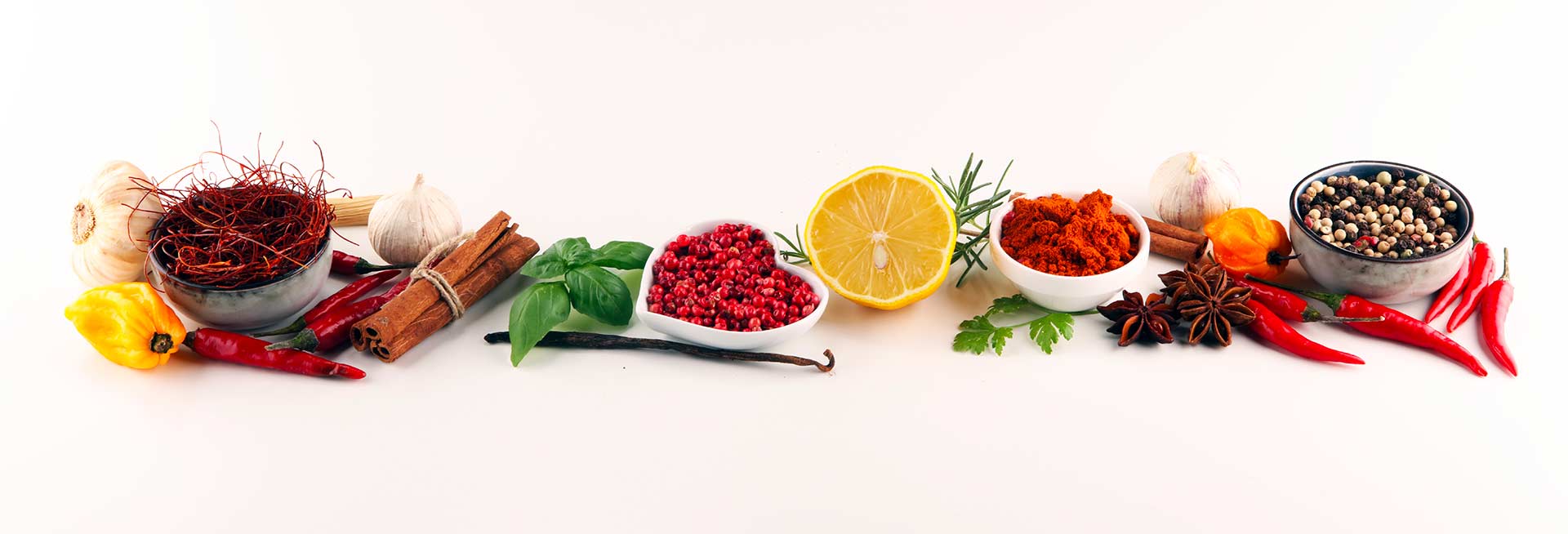
Terpenes: The Plant Compounds You Already Know
Do you use lemon peel in your baking? Or have you found that lavender products help you relax?
Lemon, lavender and many other plants contain terpenes. Terpenes are aromatic molecules that help give certain plants their distinctive smells. These compounds also have therapeutic benefits.
For example, you’ve probably seen essential oils, candles, and even sleep masks that contain lavender for relaxation. The terpene linalool is one source of both lavender’s distinctive scent and relaxing effects.
Many people also use citrus-based scents, like lemon, for a mood lift and energy. The lemon smell comes in part from limonene, a terpene contained in citrus peels.
Cannabis also contains many familiar terpenes, including linalool and limonene. These terpenes add to the plant’s therapeutic benefits.
Terpenes and the Entourage Effect
Cannabis flower (buds) and full spectrum products contain many other cannabinoids in addition to CBD and THC. They also contain different beneficial plant compounds, including terpenes, flavonoids and fatty acids. All these plant compounds work together to create an “entourage effect,” providing synergistic benefits beyond what a single compound could provide.
Boosting Your Health with Plant-Powered Terpenes
Have you heard of forest bathing? This practice involves spending quiet time in a forest, engaging all your senses, including your sense of smell. The practice began in Japan, where it’s called shinrin-yoku. Forest bathing reflects research showing how we benefit physically and mentally from time in nature. In fact, scientists are finding that both plant essential oils and terpenes—airborne plant compounds—play a central role in nature’s positive impact on human health.
The terpenes alpha-pinene and beta-pinene are found in many evergreen forest trees, contributing to forest bathing’s positive health impact. They’re also present in some cannabis plant strains.
Pinene isn’t the only terpene out there, though! Thousands of different terpenes exist in nature, and many different terpenes have been found in the cannabis plant.
Common Cannabis Terpenes
Some of the most common terpenes found in cannabis are listed below. It’s important to note that plants can contain multiple terpenes.
- Myrcene: Commonly found in cannabis strains/chemovars as well as in basil, lemongrass and ylang ylang. Myrcene helps promote sleep and may also reduce inflammation.
- Limonene: Well-known for providing a mood lift while reducing stress and anxiety, all by elevating serotonin levels in the brain.
- Linalool: Shown to reduce anxiety and depression, while also improving sleep quality. Linalool is also being tested in clinical settings to help reduce pain and nausea following surgery.
- Pinene: Found in evergreen trees, and also in many cannabis chemovars, pinene has anti-inflammatory and respiratory benefits.
- Beta-Caryophyllene: Found in black pepper, oregano, and cloves as well as cannabis. Beta-caryophyllene (also referred to as “caryophyllene”) is unique among terpenes found in cannabis, because it can bind directly to CB2 receptors which are located throughout your body. Caryophyllene is being studied for its impact reducing inflammation and pain, as well as its potential to protect age-related cognitive decline.
- Alpha-Caryophyllene (Humulene): Also found in hops, humulene works together with caryophyllene to reduce inflammation. It also can suppress appetite.
Terpenes and Heat
Terpenes are affected by temperature.
The evaporation point is when terpenes start releasing volatile compounds, usually between 70-100 degrees Fahrenheit (°F). If you’ve ever walked through an herb garden on a sunny day, you’ve likely noticed you can smell the plants more strongly. That smell is in part due to terpenes.
When plant terpenes reach their boiling point, they are fully vaporized. This is at a much hotter temperature, over 300°F, though boiling points vary between different terpenes.
Terpenes are released when cannabis is smoked. Lighters need to produce a very hot flame in order to ignite materials—in fact, the temperatures on a lighter flame can range from 430°F to over 2,000°F. The temperature of a lighter flame is hard to control. Also, combustion can destroy many of the beneficial plant compounds as a result of the high heat.
As an alternative, some people prefer vaping cannabis flower so they can more precisely control the temperature to maximize terpene release. Some cannabis users describe this control like having a volume control on a radio. Lower temperatures create a quieter, more subdued effect, while hotter temperatures will give you a more intense result, in large part due to which terpenes are released.
Our “How to Use Cannabis” post provides more details.
Terpene Benefits in Topical Products
Terpenes provide numerous benefits without the addition of heat. After all, you don’t have to smoke the forest to gain benefits from forest bathing!
As we mentioned before, terpenes become available through evaporation that occurs at lower temperatures than smoking or vaping.
Research supports aromatherapy’s impact on the body’s limbic system to positively impact mood and recovery. And one of the key components in aromatherapy essential oils is terpenes!
Our understanding of how these plant compounds contribute to the therapeutic benefits of cannabis is growing every day. Experts such as Jordan Person, LMT, LPN, continue to look at how to combine the benefits of cannabinoids such as THC and CBD with specific terpene profiles to achieve maximum relief. For example, she discusses how a cream containing both CBD and limonene helps to provide uplifting recovery following vigorous outdoor activities.
Using Terpenes in Edibles and Tinctures
The cannabinoids (THC and/or CBD, along with other cannabinoids) provide the strongest effect you feel with edibles, tinctures and swallowed pills. However, terpenes also add nuanced effects.
How does this work?
A full-spectrum CBD tincture made for sleep might be made from hemp with high levels of linalool. On the other hand, a full-spectrum CBD tincture designed for focus may have higher amounts of caryophyllene and limonene. The amount of CBD in each product may be the same, but the effects are different thanks to terpenes. (We’ll dive deeper into the connection between terpenes, cannabinoids and different cannabis strains in our next post.)
This video below provides a good explanation of the science behind terpenes in edible products.
The Connection Between Terpenes and Cannabis Strains/Chemovars
You may be wondering about the connection between terpenes and cannabis strains (also called chemovars). Does an indica strain contain more linalool than a sativa? What strain has the highest caryophyllene amounts?
In our next post, we’ll look at the connection between terpenes and cannabis strains/chemovars.
Subscribe to our newsletter below and stay up-to-date on Leaf411 events and information.
Have questions about cannabis? Our nurses can help! Call our free, anonymous hotline at 844-LEAF411 (844-532-3411).
The Leaf411 cannabis nurse hotline provides free education and directional support to the general public about the safe use of legal cannabis. We partner with select business members who meet our rigorous standards to extend our education and outreach efforts.
